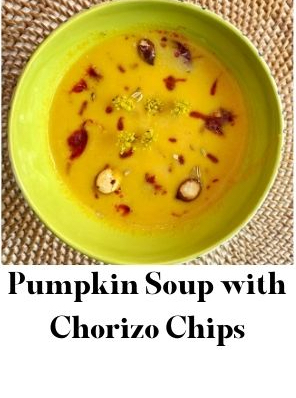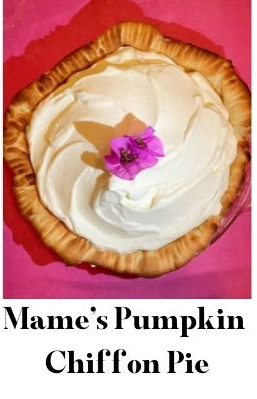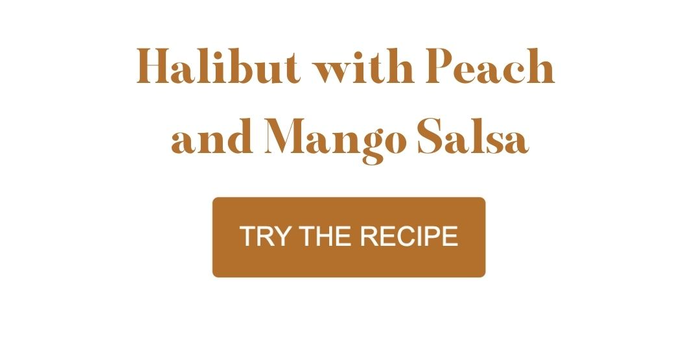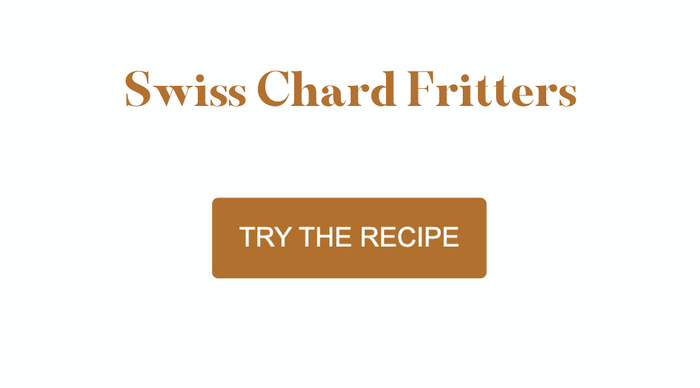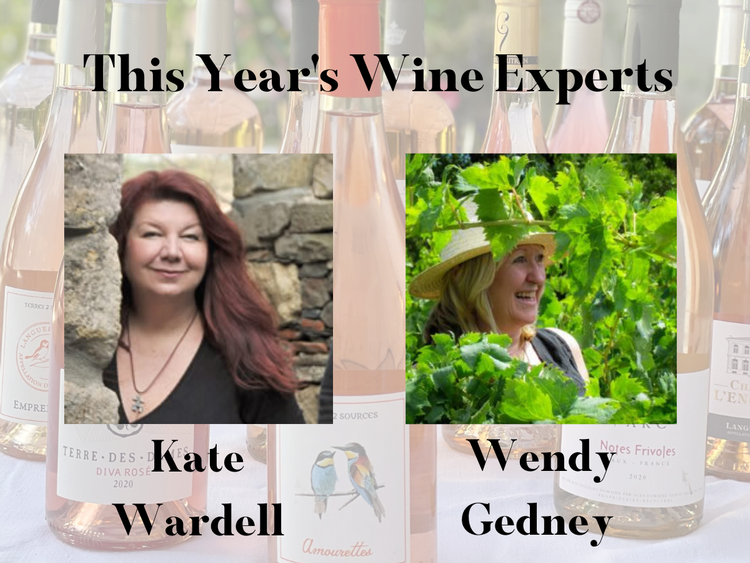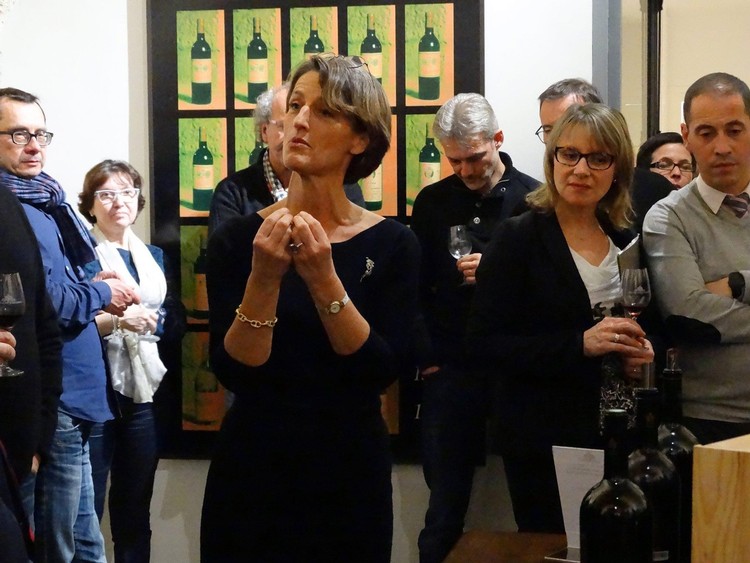BLOG
Founder Notes: Year-End Reflections & A Hopeful Adieu
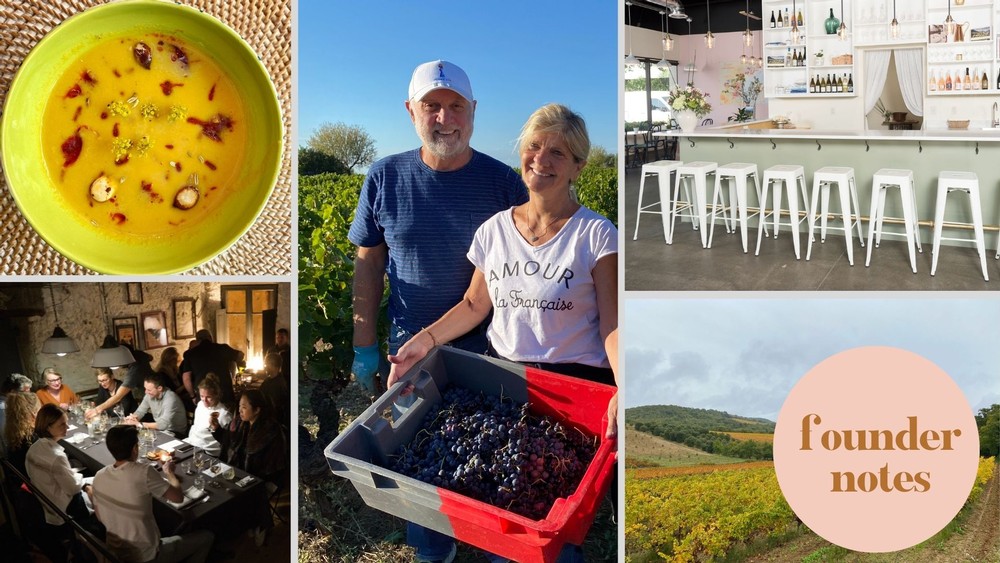
As we look back on 2021, it's hard not to dwell on the difficulties. People suffered and died from COVID-19. Businesses failed and with them the jobs that families rely on. Many of us weren’t able to be with the loved ones we count on for support and joy. And divisions seemed to worsen in societies across the world among people who cannot agree on basic facts.
All of this gives us pause. But it also strengthens our resolve to promote kindness and bring people together by sharing our love of the wines, culture, and history of the Languedoc-Roussillon.
Year-End Reflections
2021 brought challenges for Princess and Bear Wines, but also growth, community, and the discovery of delicious new wines. Scroll on for a few highlights!
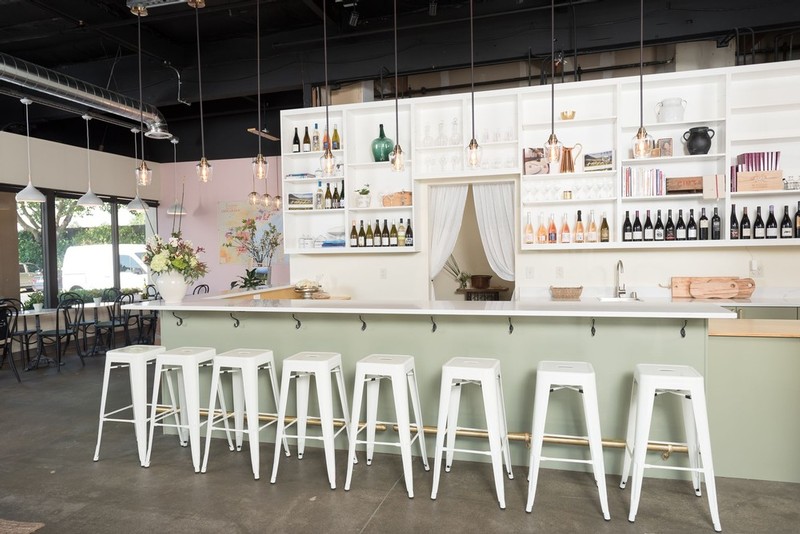
New tasting room, opened April 24, 2021
Thank You For A Year Of Growth
Despite shipping disruptions and an astronomical cost increase, we still managed to find incredible wines at reasonable prices, enabling our business to grow throughout the year. You helped as well! A huge thank you to all of you who introduced friends, family members, and colleagues to our wines through gifts and word-of-mouth.
Welcome To Our New Tasting Room
At the local level, we got off to a rocky start with the closure of our tasting room in Seattle. But a few months later, we opened the doors to our new tasting room, a gorgeous, light-filled space in South Park, an exciting, multicultural neighborhood in Seattle.
Since then hundreds of people from the Seattle area have been able to taste the wines we personally research and select from the Languedoc and Roussillon regions. Thank you to everyone in the Seattle area who visited the new tasting room and shared it with friends. We deeply appreciate the warm welcome we’ve gotten from the South Park community.
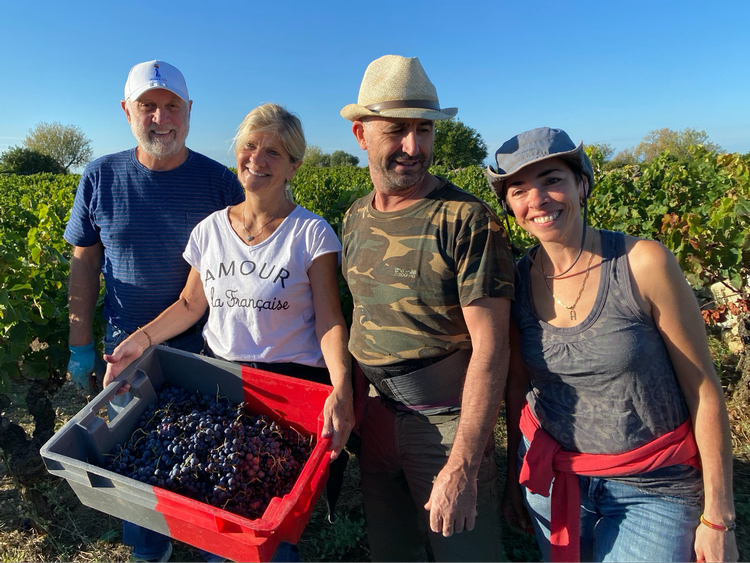
Carol and Steve with independent winemakers Franck and Christina Avéla
Introducing—Fabulous New Wines And Winemakers
Because Europe was still quiet in the beginning of the year, we had few visitors and didn't travel much. As a result, we had plenty of time to taste new wines and discover fabulous new winemakers. We continue to be inspired every day by the hard work of small, independent winemakers and their families. The hands-on nature of their winemaking and the quality of their wines is rare and admirable.
Our wine club members will be receiving some of these incredible new wines in the coming months. For those of you who aren’t yet wine club members, we'd like to "whet your appetite" with two recipes that will be included in the next wine club shipment:
1st Annual Wine Club Party (In The Languedoc!)
Another bright star in our year was the first annual party for our Mediterranean wine club members and others who have strongly supported Princess and Bear Wines. We hosted the party at our home with music, fantastic food, and five of our winemakers and their partners and spouses.
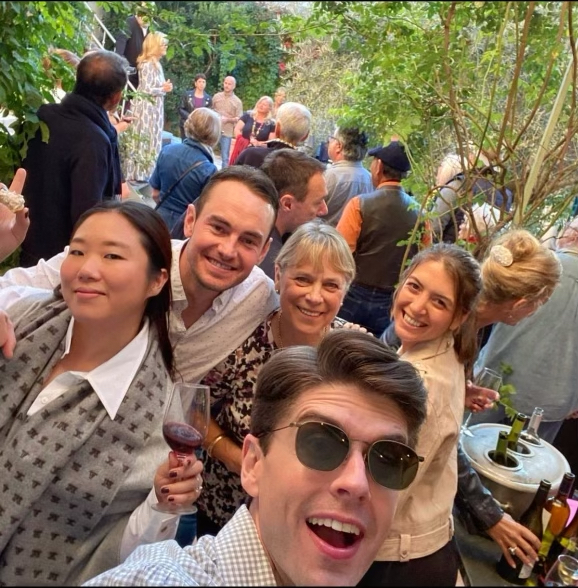
Friends new and old at the 1st annual wine club party
Our local travel partner, Vin en Vacances, also organized day trips to the many historical sites in this region. This included a seafood lunch on the Mediterranean where the Romans first landed, just before they planted vineyards in the Languedoc over 2000 years ago. It was a true joy to introduce this beautiful region and a few of our winemakers to our wine club members.
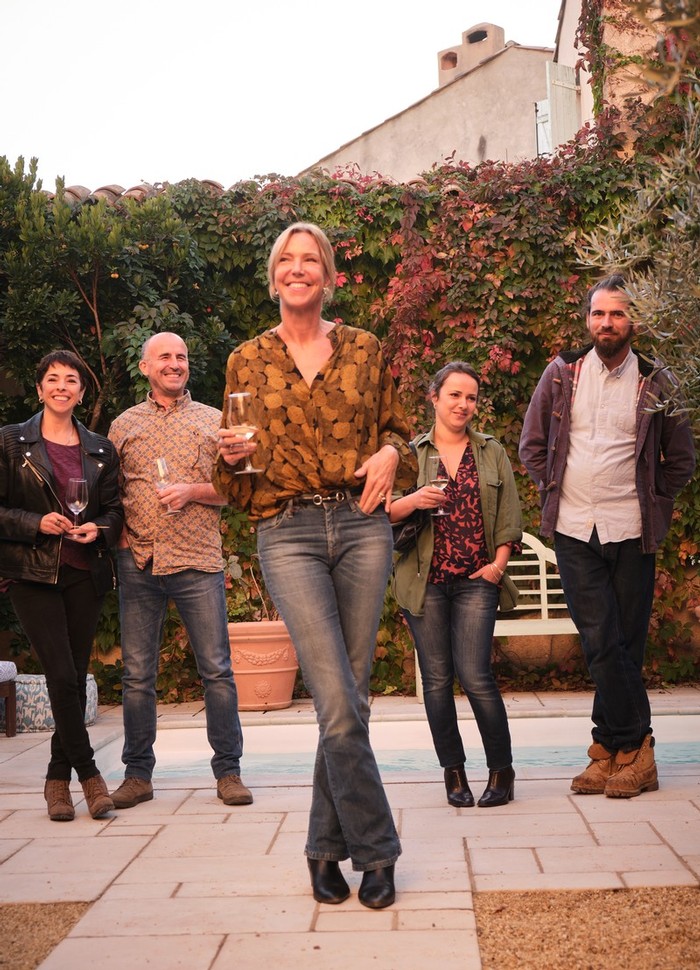
Winemakers at the annual party, left to right: Franck & Cristine Avéla - Domaine Avélla, Lidewij van Wilgen - Terre des Dames, Camille & Ulrich Izarn - Borie la Virarèle.
Hope And Adventure In The New Year
Despite the challenges of 2021, we feel a sense of enthusiasm and excitement for what the next year will bring. Thank you for your support, and for trusting us to introduce you to wines far off the beaten path! We hope you'll continue this adventure with us in 2022, as we go deeper into the heart of the Languedoc-Roussillon wine region.
Wishing you and yours love, good health and joy!
Santé,
Carol Bailey and Steve Medwell
Founders, Princess and The Bear Wines
Learn more about Vin en Vacances.
Travel, Wine, Food, Culture: Wine Club Party In the Languedoc!
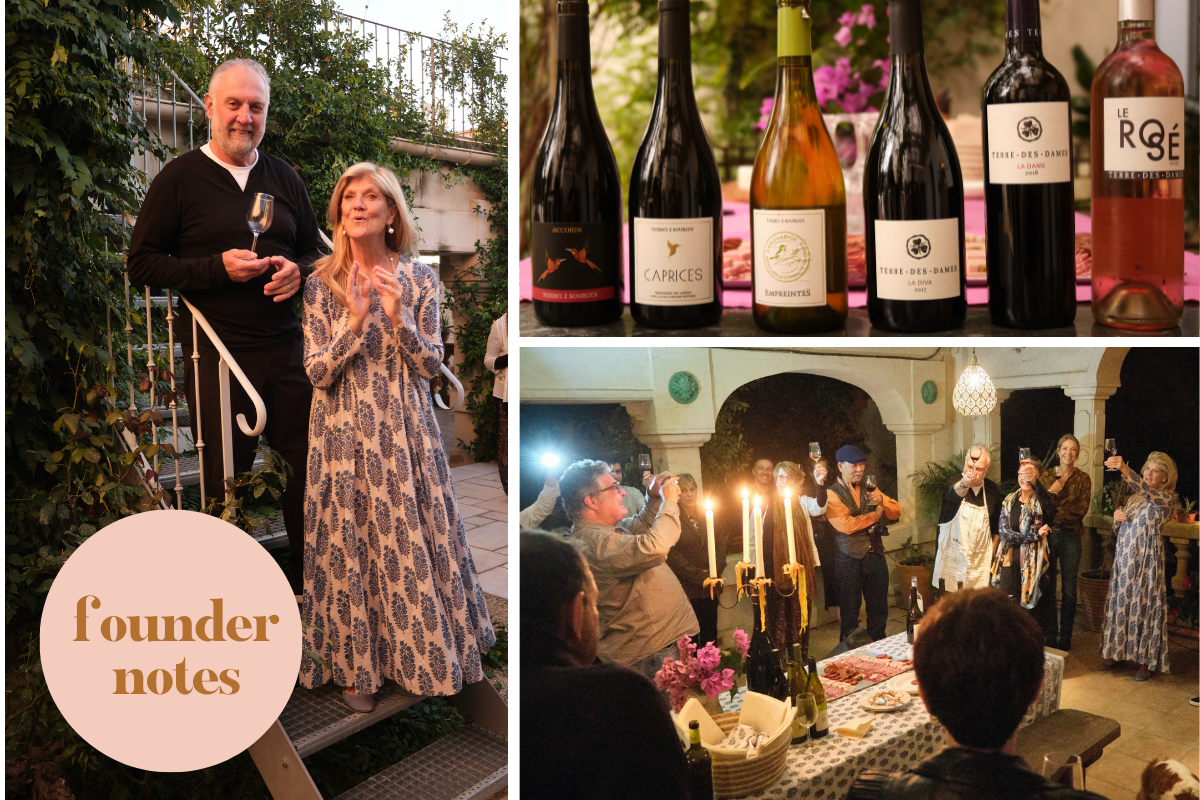
October 9th marked our very first wine club party at our home in the Languedoc. It was a magical evening, filled with incredible food and wine, laughter, music, and friends, new and old.
Twenty-five of our top-tier Mediterranean wine club members and other supporters of Princess and Bear Wines flew from all over the US to join us. European friends and five of our winemakers attended as well.
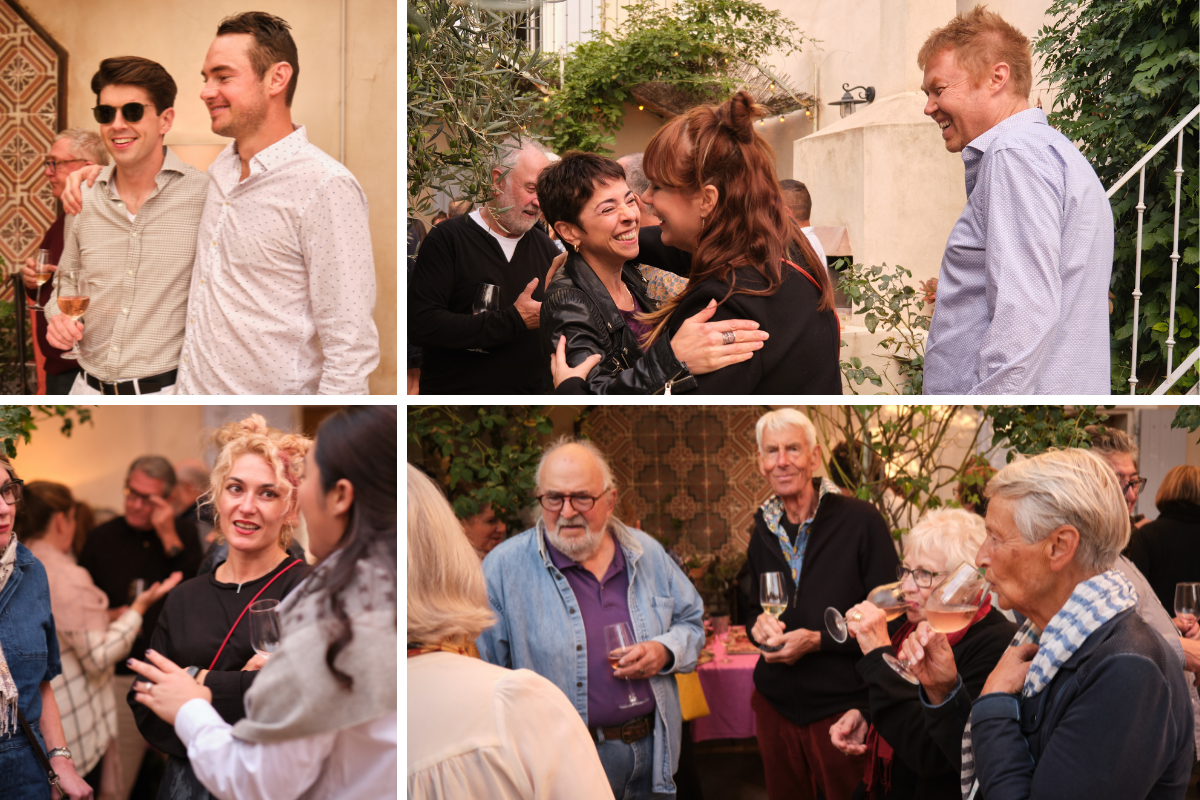
Oct. 9th party at Carol and Steve's home in the village of Quarante
The wine was flowing and the food was fabulous, enhanced by the music of a British DJ who played Brazilian classics throughout the evening, creating an atmosphere both cozy and cosmopolitan.
The party was part of a tour we organized with our friend Wendy Gedney of Vin en Vacances, one of the premier vineyard tour companies in the Languedoc.
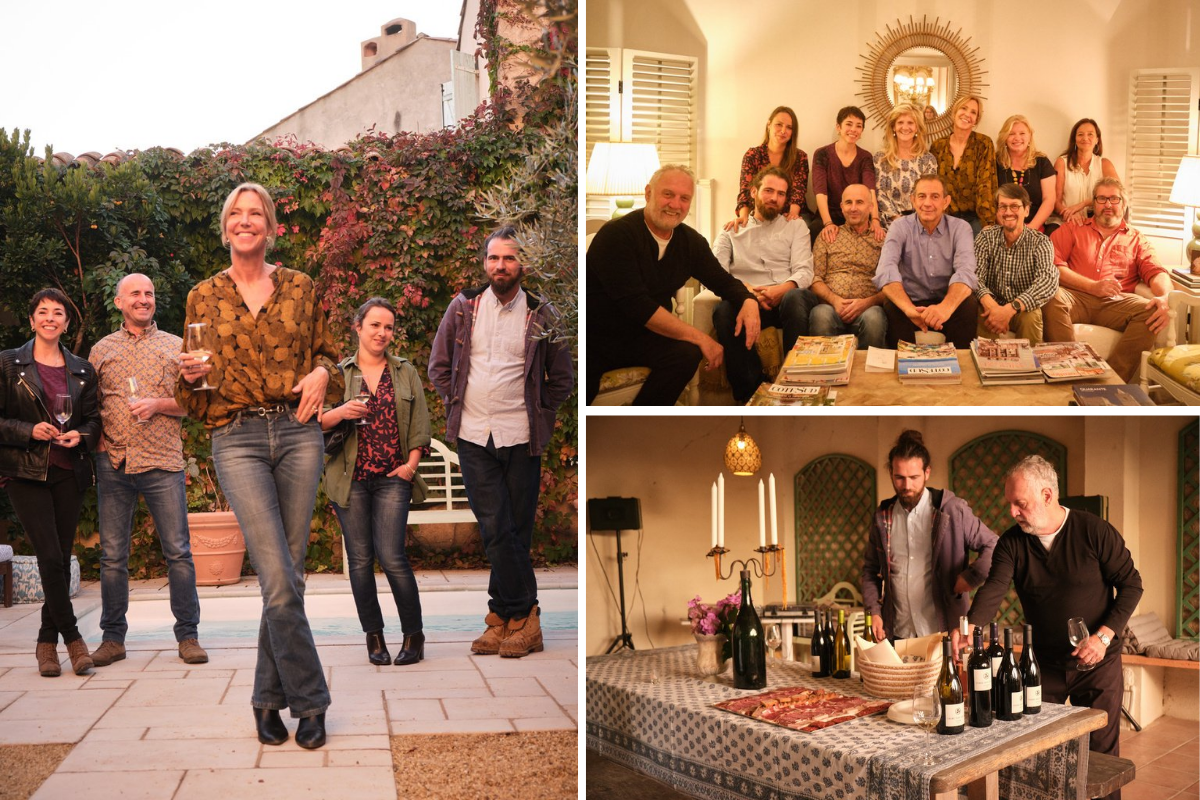 Winemakers at the party. Left Photo: Franck & Cristine Avela - Domaine Avela (left), Lidewij van Wilgen - Terre des Dames (center), Camille & Ulrich Izarn - Borie la Virarele (right). Upper Right Photo: Simon & Monica Coulshaw of Domaine Trinites (1st from right), Kirsten & Glen Creasy of Terre2Sources (2nd from right).
Winemakers at the party. Left Photo: Franck & Cristine Avela - Domaine Avela (left), Lidewij van Wilgen - Terre des Dames (center), Camille & Ulrich Izarn - Borie la Virarele (right). Upper Right Photo: Simon & Monica Coulshaw of Domaine Trinites (1st from right), Kirsten & Glen Creasy of Terre2Sources (2nd from right).
For us, the wines, landscape, culture, and food of the Languedoc-Roussillon region are inextricably intertwined. This tour was designed in that same spirit. — Carol Bailey, Founder, Princess and The Bear
The itinerary included wine education, tastings, and tours of several artisanal, organic winemakers who own their vineyards, cultivate their vines, and carry out all aspects of the winemaking themselves, root to sip. We trust that everyone on the tour felt as inspired as we do by these incredible individuals.
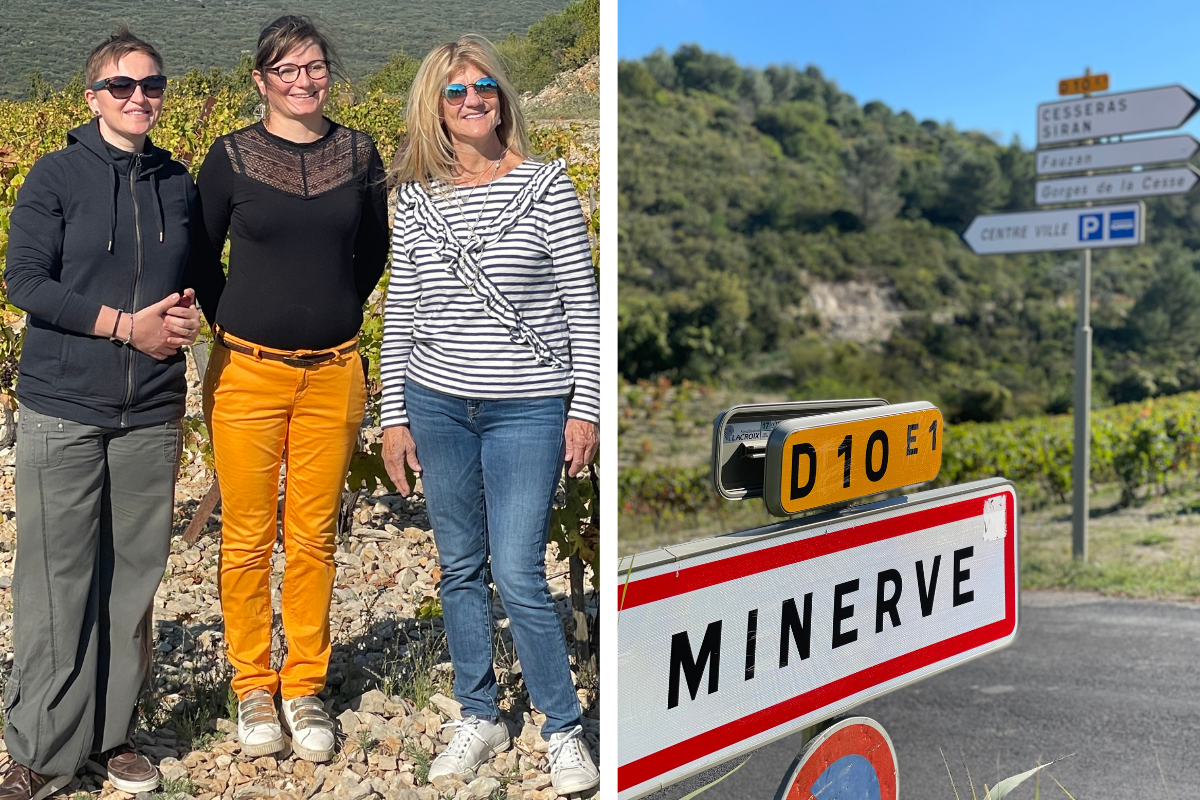 Left: Princess and Bear Founder Carol Bailey and COO Ioana Bucur with 23-year-old winemaker Audrey Rouanet of Domaine Rouanet Montcélèbre. Right: Street signs and vineyards outside the medieval town of Minerve.
Left: Princess and Bear Founder Carol Bailey and COO Ioana Bucur with 23-year-old winemaker Audrey Rouanet of Domaine Rouanet Montcélèbre. Right: Street signs and vineyards outside the medieval town of Minerve.
Historic markets, medieval castles, and a restaurant on the Mediterranean Sea near the salt flats rounded out the program, offering participants a rich experience of this extraordinary region.
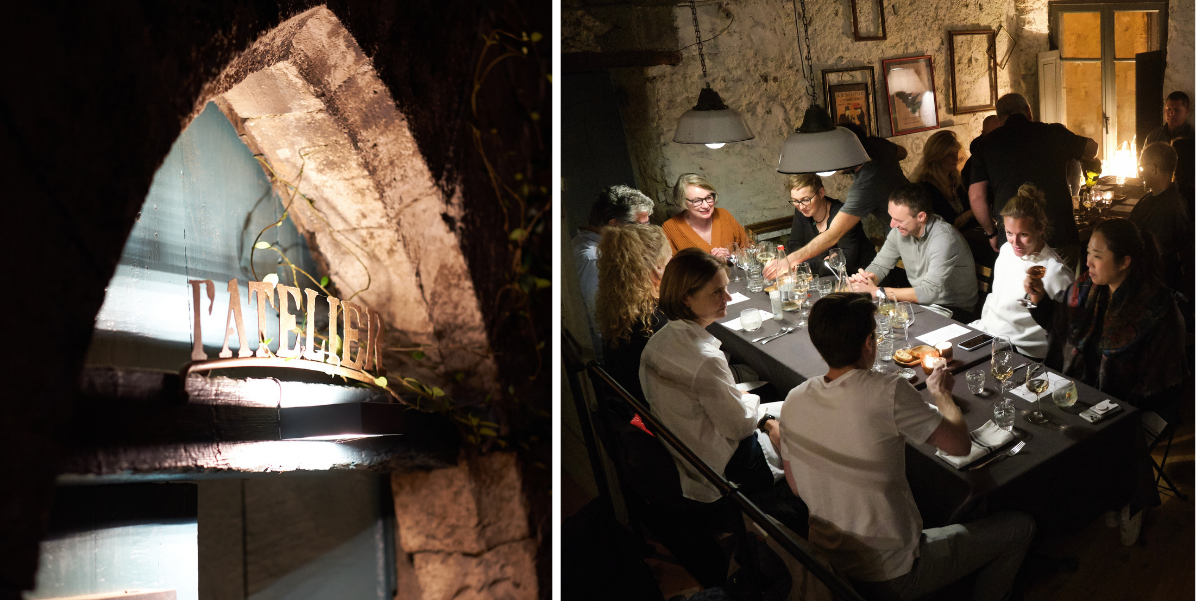 Private Princess and Bear food and wine paired dinner at L’Atelier in the medieval village of Caunes-Minervois.
Private Princess and Bear food and wine paired dinner at L’Atelier in the medieval village of Caunes-Minervois.
To give you a better sense of the tour, we've attached the itinerary below.
It was a joy to host everyone and share in their delight as they discovered the supernatural South of France! We are already planning for next year…
A votre santé,
Carol Bailey and Steve Medwell
Founders, Princess and The Bear Wines
Learn more about Vin en Vacances.
The Magic of Food and Wine Pairing
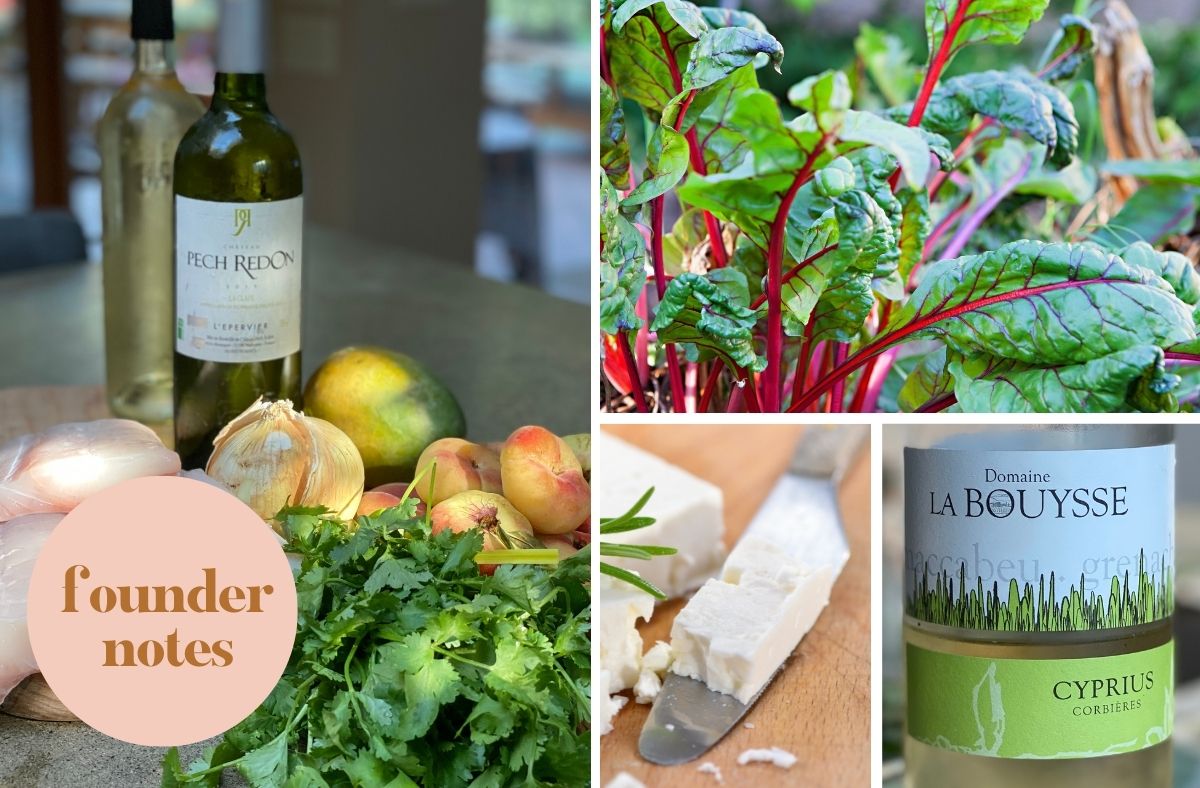
One of the benefits of the Princess and Bear Wine Club is access to original food and wine pairings. For every quarterly shipment, we design recipes to complement the specific aroma, flavor, and body profile of each wine.
Designing these food and wine pairings starts in our home in the Languedoc. Each year, we tour the region, tasting hundreds of cuvées but selecting only a small percentage to import to the US.
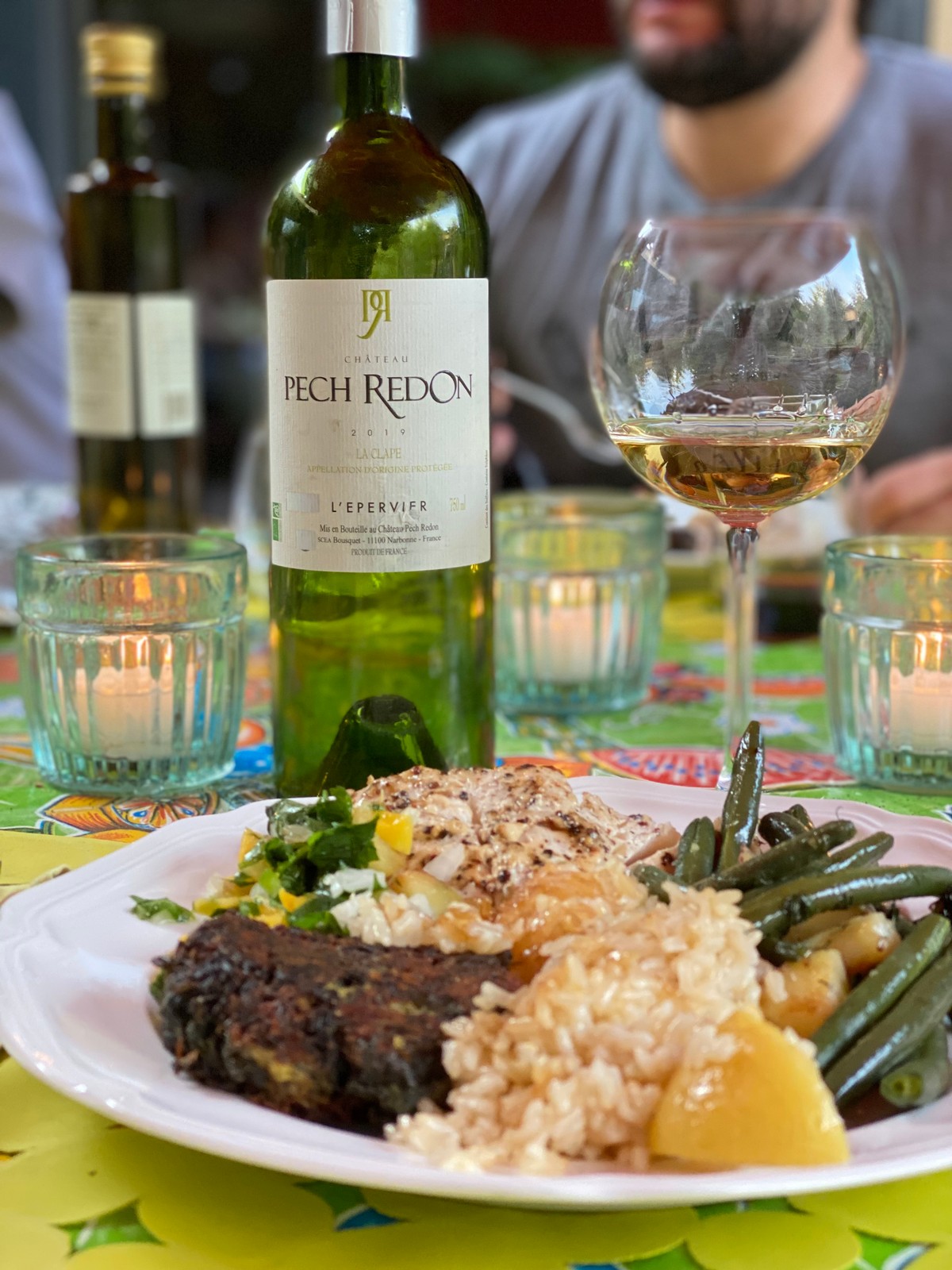 L'Epervier Blanc ($32.99/@) paired with Swiss Chard Fritters. Recipe designed by Founder, Carol Bailey.
L'Epervier Blanc ($32.99/@) paired with Swiss Chard Fritters. Recipe designed by Founder, Carol Bailey.
In food and wine pairing, the magic happens when the food elevates the experience of the wine, and the wine brings sparkle and depth to the foods that nurture our bodies and spirits. — Carol Bailey, Founder, Princess and The Bear
After visiting a domaine and discovering a “winning contestant,” we leave with a bottle to enjoy at home, just as our customers eventually will.
Here's where the fun begins!
In an almost meditative silence, we taste the chosen wine, teasing out the nuances. As we refine the aroma, flavor, and body profile, the perfect food and wine pairing begins to emerge.
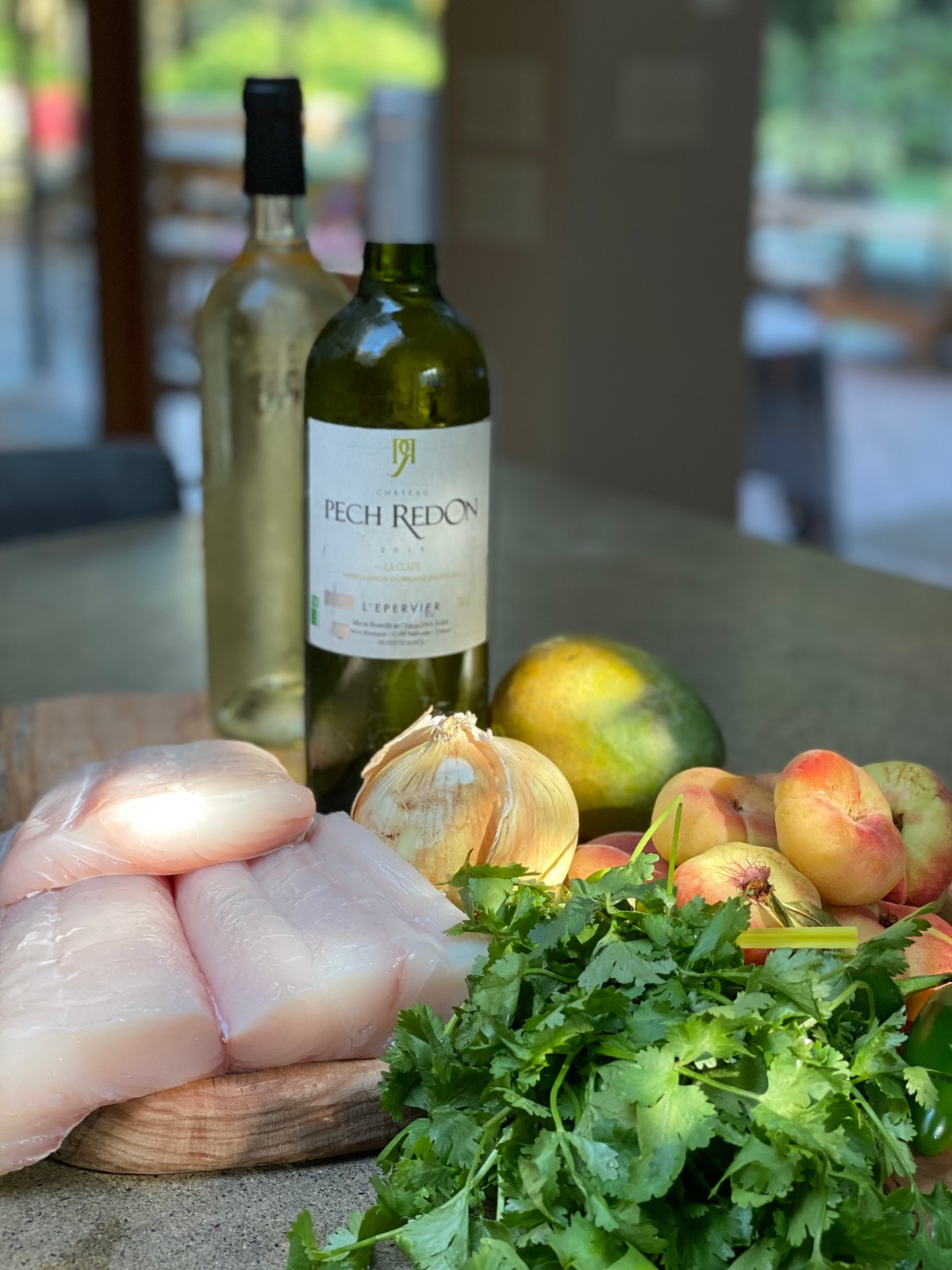 Ingredients for Halibut w/Peach-Mango Salsa. Recipe by Founder, Carol Bailey. Pairing suggestion 2019 Cyprius ($22.99/@)
Ingredients for Halibut w/Peach-Mango Salsa. Recipe by Founder, Carol Bailey. Pairing suggestion 2019 Cyprius ($22.99/@)
Carol then draws upon her expertise as an internationally trained chef, most recently at the Ballymaloe Cookery School in Cork, Ireland. She also taps into a lifetime of dining on the culinary creations of excellent home cooks and world famous chefs. The result — a unique recipe that complements and enhances the flavor profile of the wine, and vice versa!
We invite you to sample two Princess and Bear recipes:
A votre santé,
Carol Bailey and Steve Medwell
Founders, Princess and The Bear Wines
The Secret to Expanding Your Wine Tasting Palate (and Improving Your Relationships!)
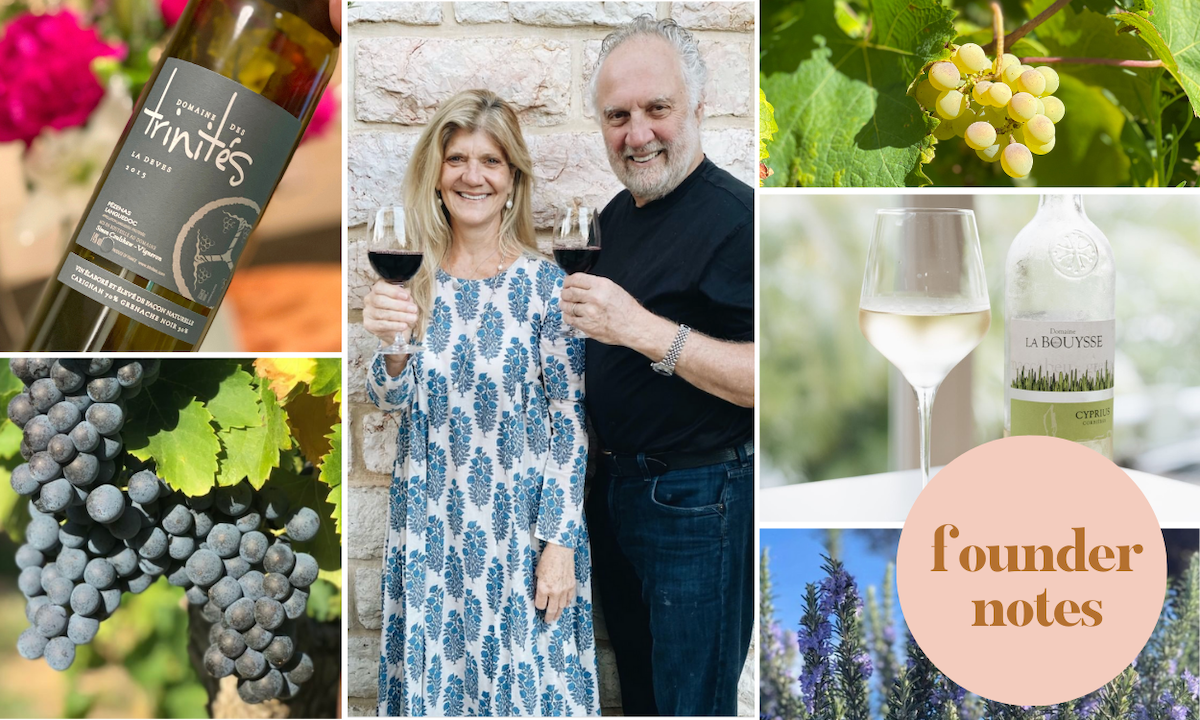
Folks often ask us for guidance on the best way to expand their wine tasting palate.
Our answer always includes a confession — before moving to the South of France six years ago, we were narrow-minded tasters. If a wine didn’t taste familiar, we would turn up our noses and move on. Since most of the wines we encountered were from American producers, “familiar” generally meant heavily oaked (US winemakers tend to use oak more liberally that their European counterparts).
Our wine “awakening” occurred after a wine tasting tour with Vin en Vacances which exposed us to the extraordinary winemaking renaissance underway in the Languedoc-Roussillon. The experience was so profound that we launched Princess and The Bear Wines to share the delicious, affordable, artisanal gems of this region with American wine lovers.
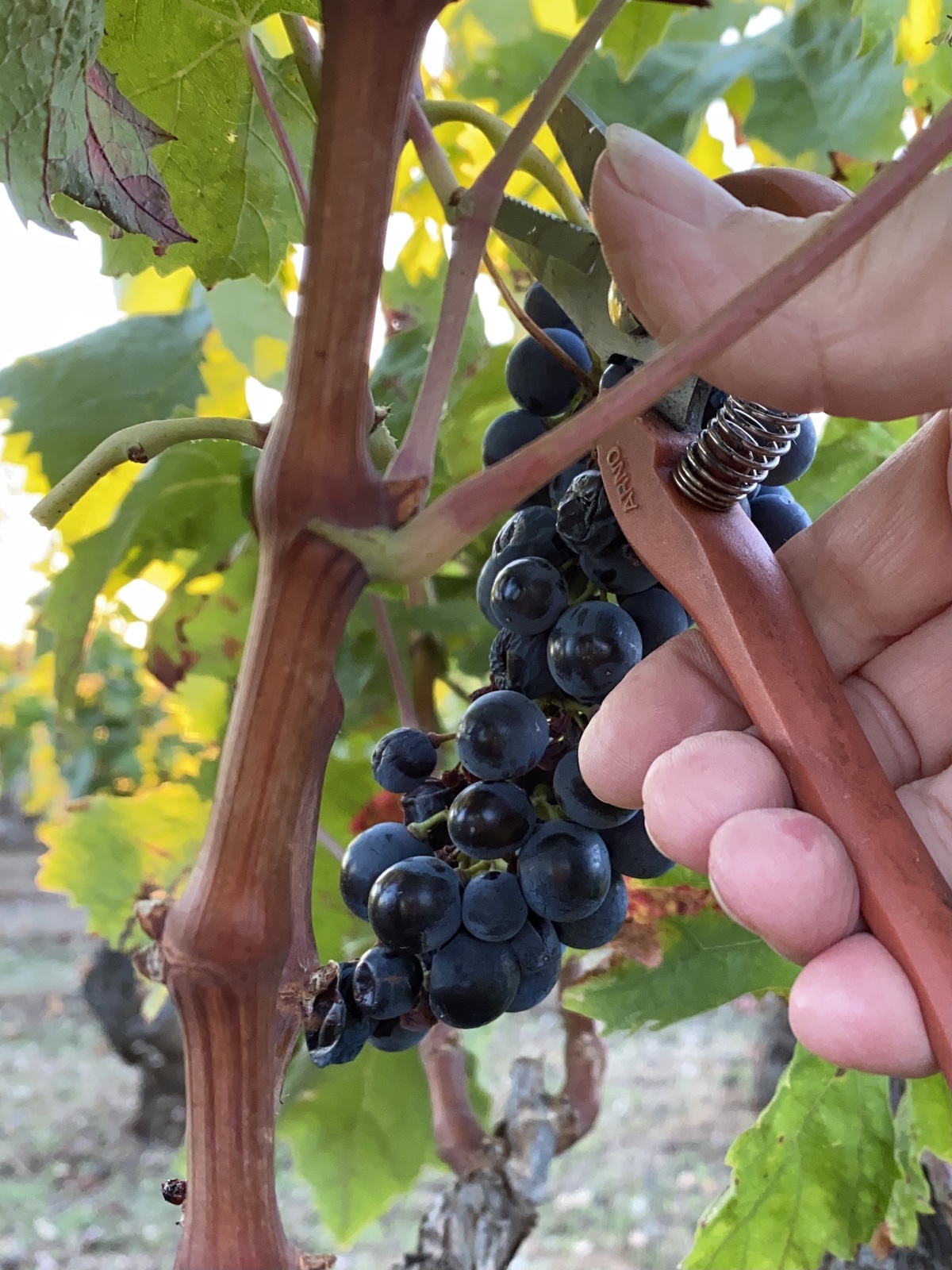
Carignan, a native grape of the Mediterranean
Since that first experience, our palates have expanded dramatically. We’ve tasted over a thousand cuvées, eagerly trying wines made with unusual grape varieties and vinification methods. Where once we gravitated to heavily oaked Chardonnays and Cabernet Sauvignons, now we prefer wines with minimal or no oak, allowing the grape varietal to express its qualities in the terroir where its roots live.
Our current favorite white wine is Cyprius from Domaine La Bouysse ($22.99/@), a blend of Grenache Blanc, Vermentino and Macabeu. While some light oak is detectable, the natural acidity of the Mediterranean grape varieties keeps the wine fresh and lively.
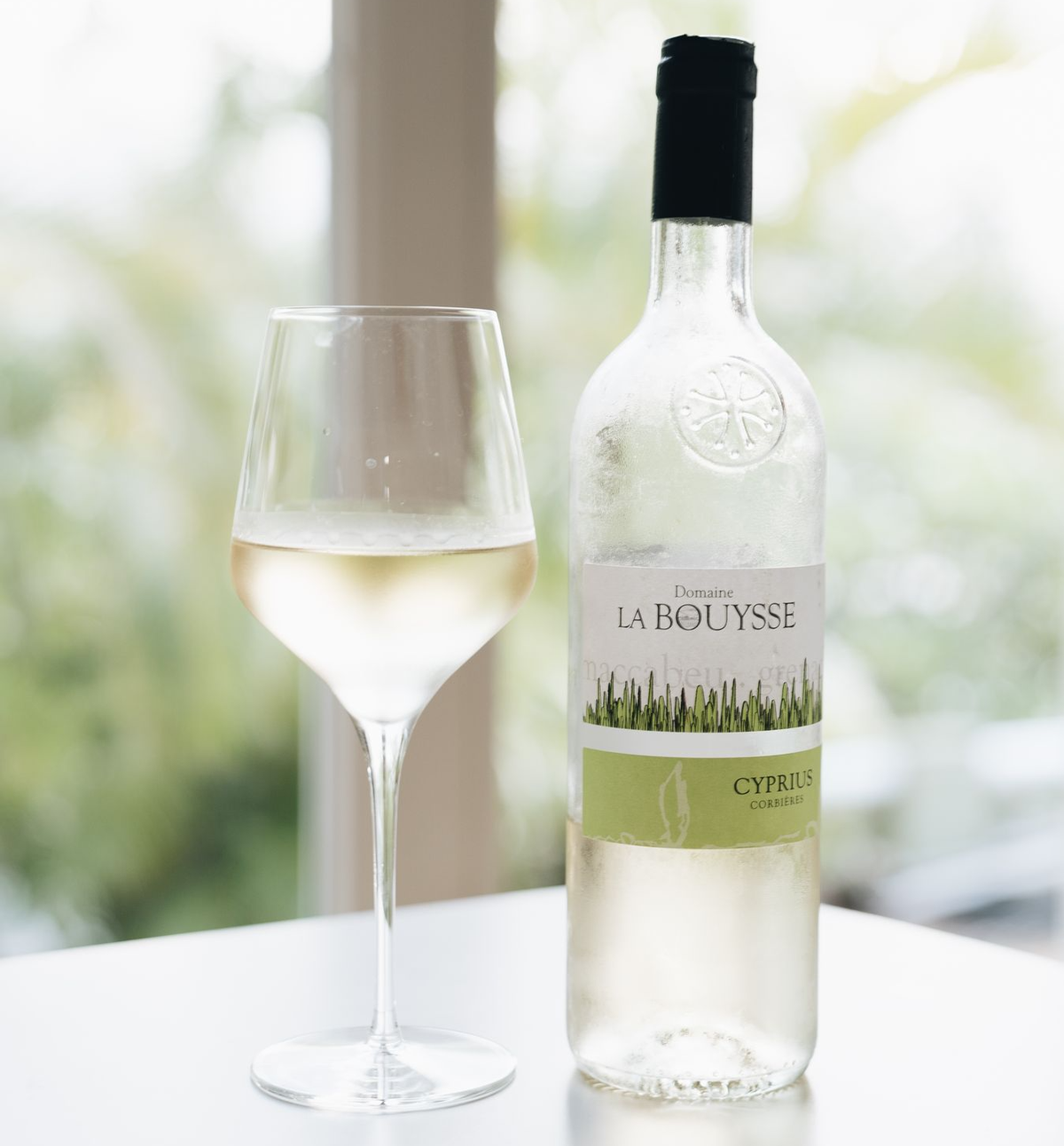 Crisp white wines, like Cyprius from Domaine La Bouysse, are a welcome departure from the heavily oaked style of American Chardonnays
Crisp white wines, like Cyprius from Domaine La Bouysse, are a welcome departure from the heavily oaked style of American Chardonnays
The independent winemakers of the Languedoc-Roussillon create wines from a wonderfully diverse range of grape varieties. Many of these varieties were unknown to us before we moved to the region, such as Carignan, a native grape of the Mediterranean.
La Deves, a Carignan-dominant cuvée, has become one of the Princess’s favorite wines. The hints of suede leather are a reminder of her Texas roots!
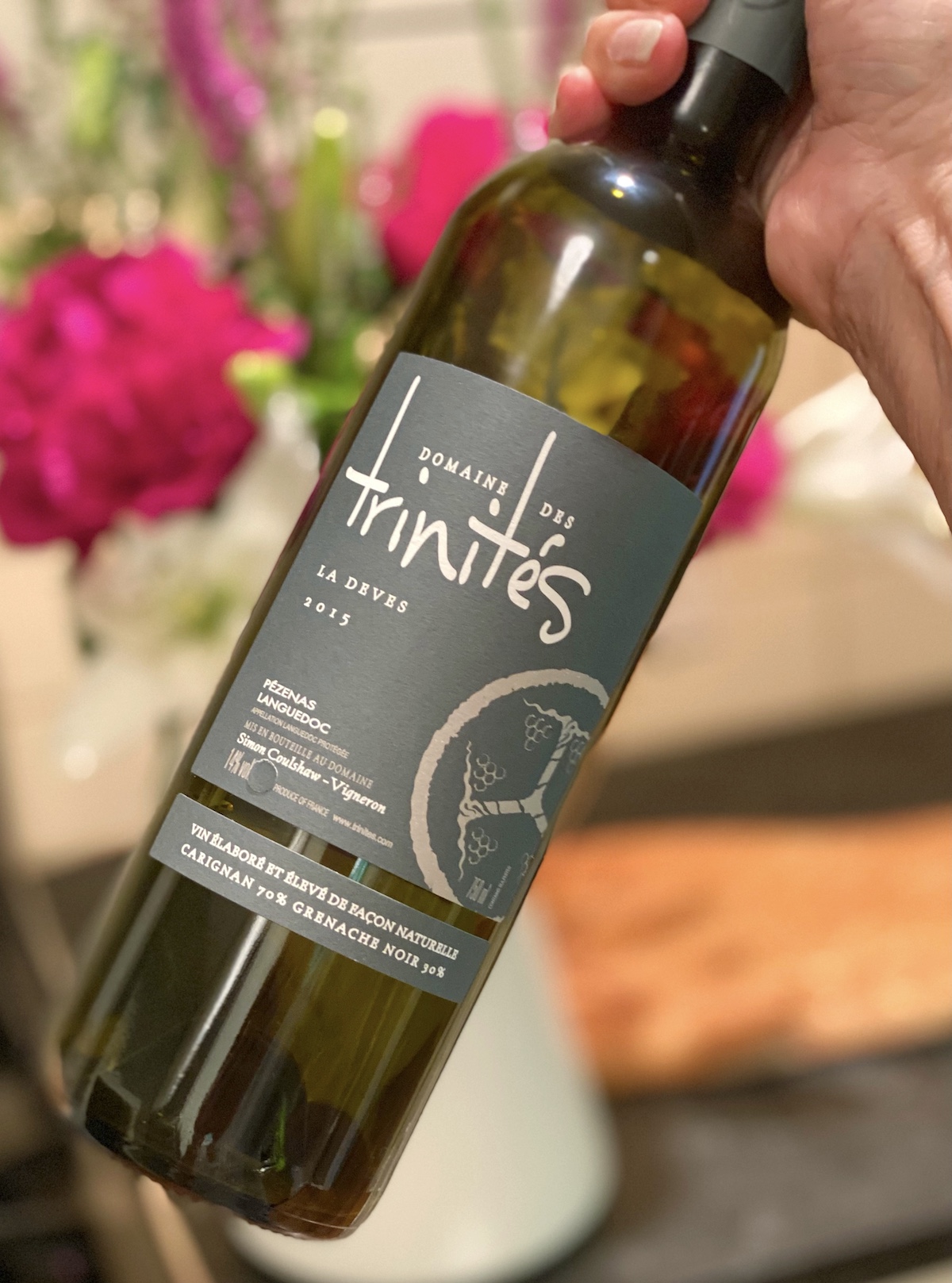 La Deves, a Carignan-dominant cuvée from Domaine Des Trinités
La Deves, a Carignan-dominant cuvée from Domaine Des Trinités
Today, we value quality, personality, and character in wines, rather than familiarity. The "zing" of a fresh white wine excites us much more than heavily oaked whites. Herbal wines interest us more than fruity. Even slightly oxidized wines have a place in our expanded palate (Princess more than Bear 😊).
We approach every new wine as if it might become a treasured favorite, regardless of price, label, or critical response. And we don't expect everyone's taste to align with ours. Wine tasting can be incredibly personal and subjective. Just as some people love peach pie and others love broccoli quiche, so each taster has unique preferences for the taste, aroma, and feel of different wines.
So — what is the real secret to expanding your palate? The answer can be equally applied to our relationships as to wine — keep an open mind and try not to judge in advance.
A votre santé,
Carol Bailey and Steve Medwell
Founders, Princess and The Bear Wines
South of France Meets South Park Seattle: Our New Tasting Room
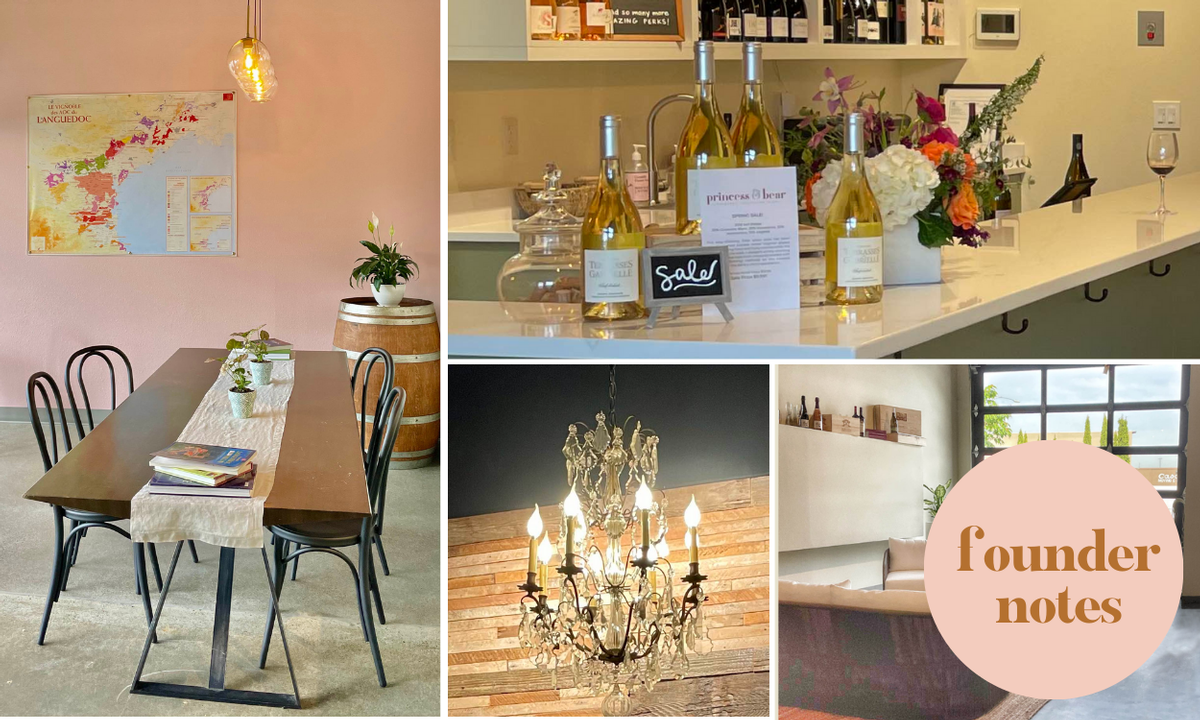
As the country reopens, and folks safely take to the skies, trains, and roads once again, we’d like to suggest a festive, wine lover’s option for your itinerary — the grand opening of our new Princess and Bear Tasting Room! The celebration will take place July 8th - 11th.
Our tasting room is located in a boutique village in the Seattle neighborhood of South Park, an area known for its diverse community of creatives, entrepreneurs, and mavericks, reflecting the same independent spirit we admire in our winemakers. So we feel right at home!
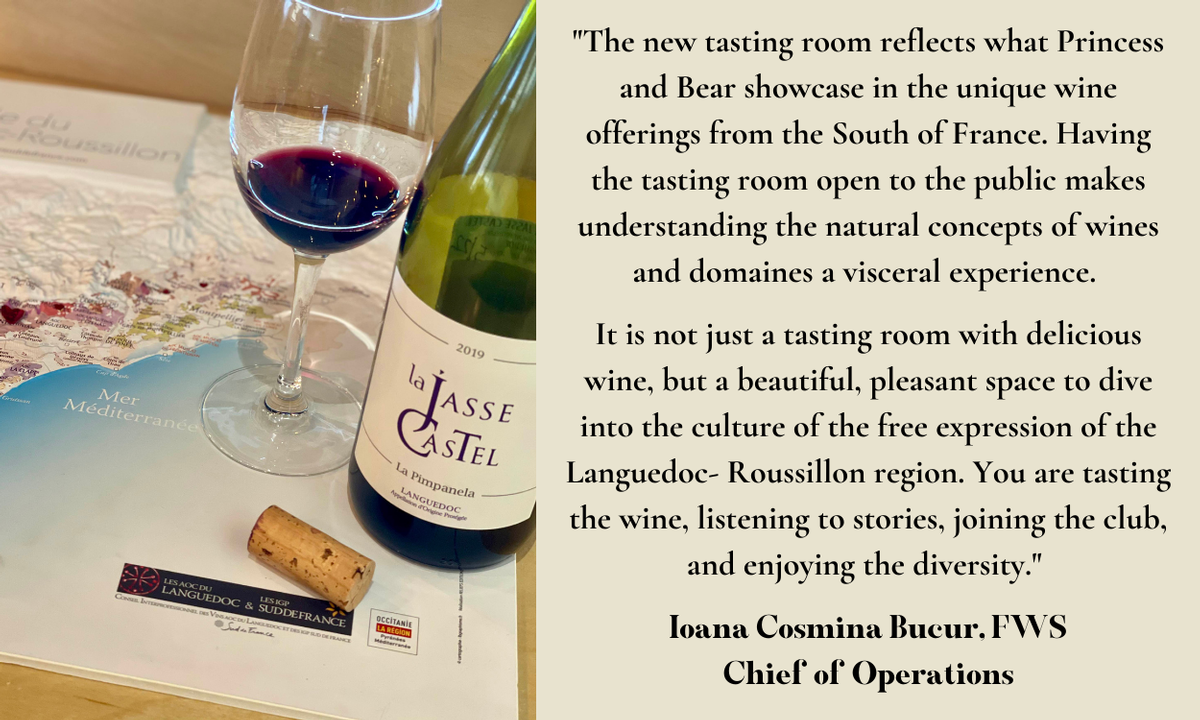
The space is designed to bring the warmth and conviviality of the South of France to Seattle. Patrons are invited to connect, find community, and taste and learn about our hand-selected, small batch Languedoc-Roussillon wines. In the coming months, we’ll also offer live music, sales of full bottles, and small bites and noshes!
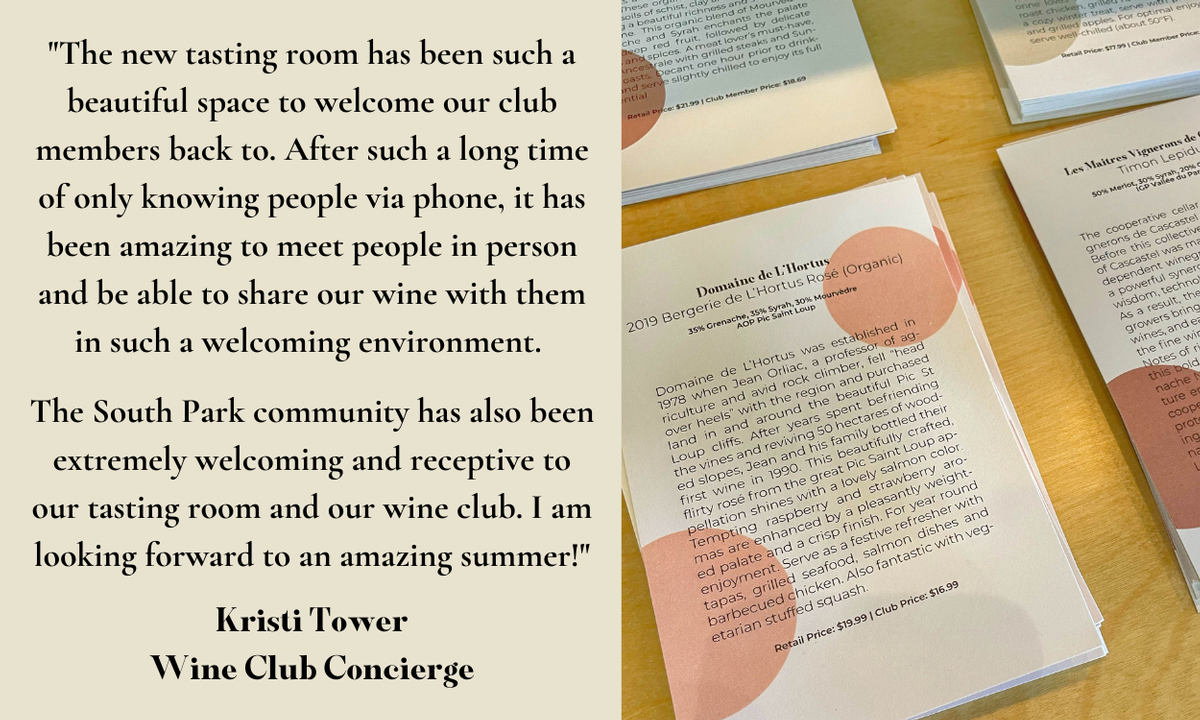
We were also drawn to this location because of the ample free parking. When picking up a wine purchase, you can relax in your car while we bring out your order. When visiting the tasting room, you'll have plenty of time to raise a glass with friends, new and old (with a designated driver of course).
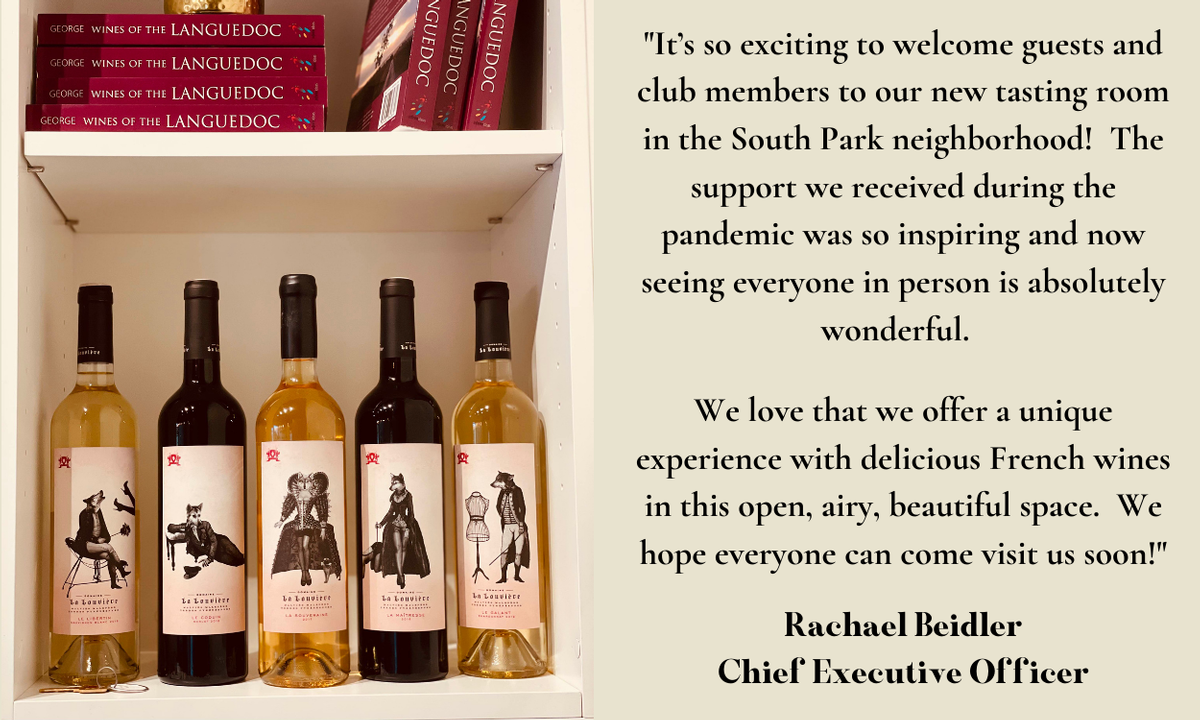
Our tasting room features distinct, well-spaced areas, allowing patrons to be with each other in whatever way feels comfortable. Groups can gather in our tasting bar while Kristi Tower, our wine club concierge, or another team member, shares about the unique grape varieties, root-to-sip winemakers, and rich history of the Languedoc-Roussillon.

Bar area
For a more intimate experience, wine lovers can sit at our bistro tables and enjoy being served by Princess and Bear staff. For larger groups and visitors interested in meeting new friends, our communal table seats eight to ten people. On warm days, outside seating will be available as well.
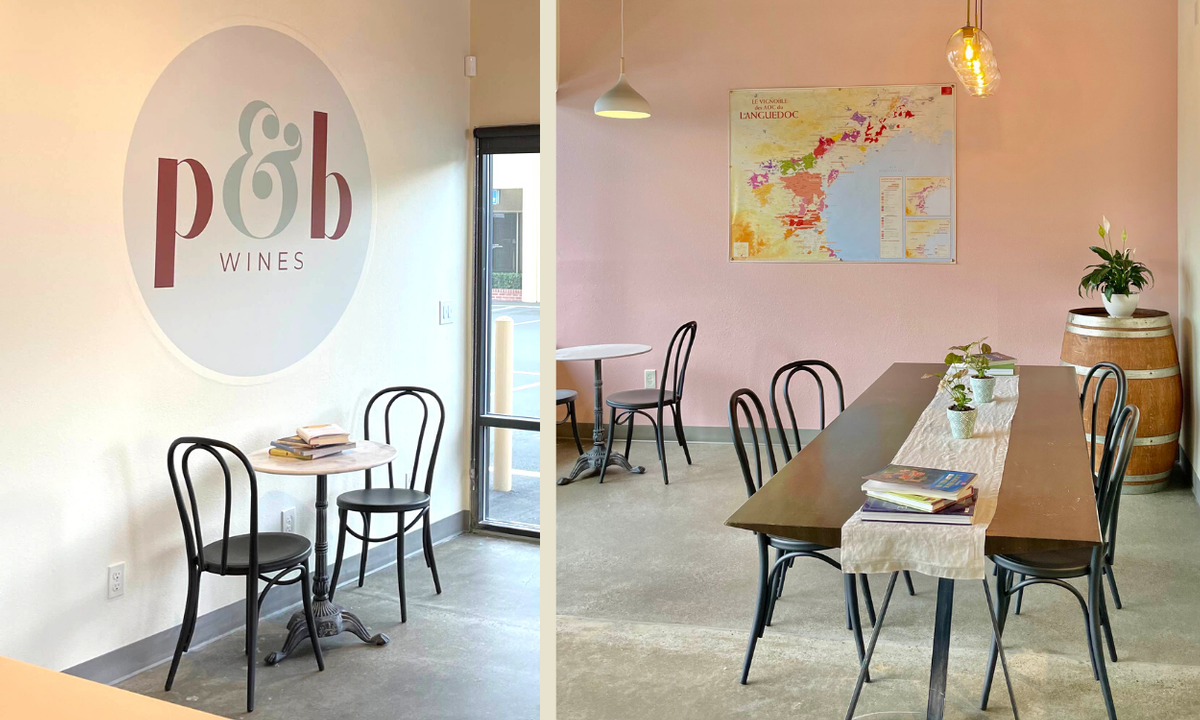
Bistro and communal table seating
Our lounge area features a cozy sofa and chairs, perfect for folks in the mood for easy conversation while exploring a new cuvée.
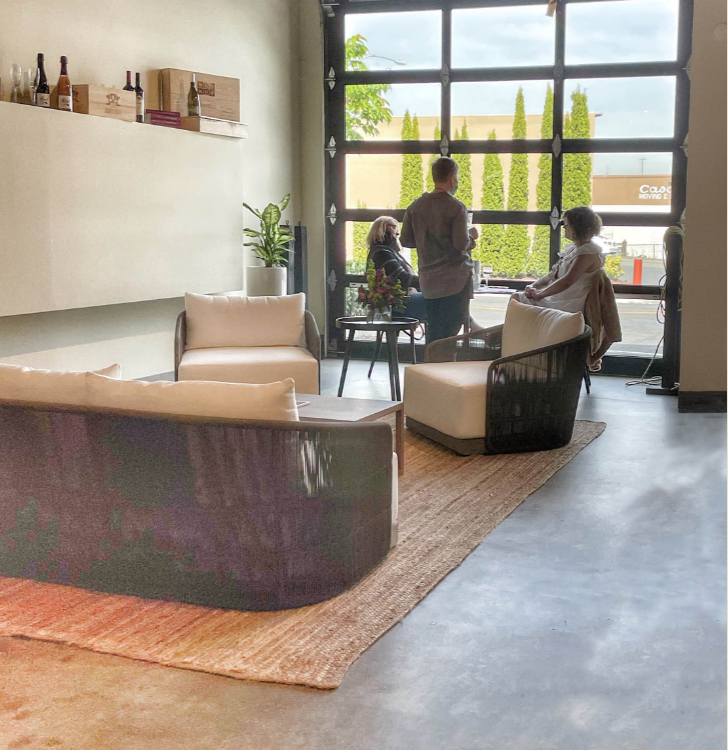
Lounge area
After enjoying our tasting room, we suggest wandering next door for a fantastic meal at Osprey Bistro or a small craft beer at Tin Dog Brewery. You can also explore the wider South Park neighborhood which offers a variety of wonderful restaurants, food trucks, and novelty shops.
You're invited to drop by now or for our grand opening celebration, July 8th - 11th. Learn more and book reservations here.
A votre santé,
Carol Bailey and Steve Medwell
Founders, Princess and The Bear Wines
Blind Rosé Tasting! Introducing Our Winners
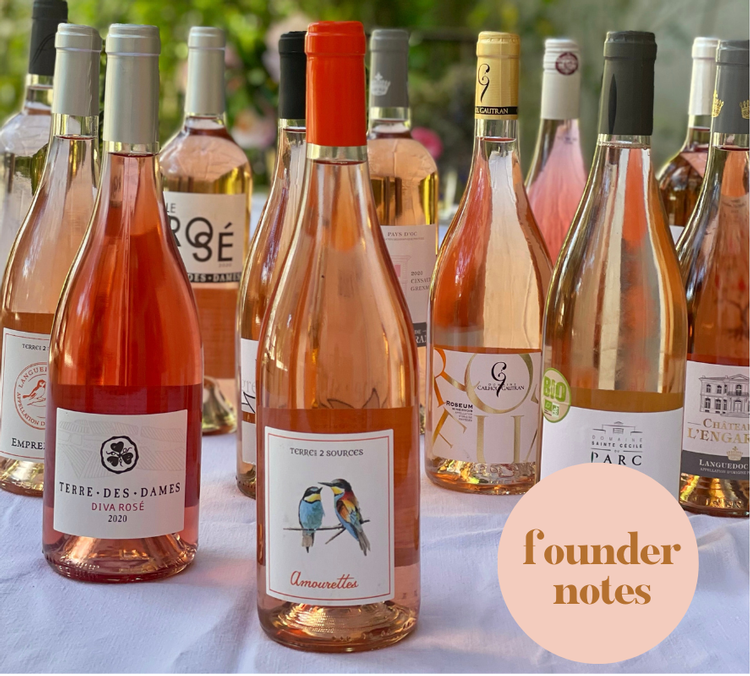
Each year we participate in an exciting ritual — tasting new vintages and choosing the very best to delight our wine club members, wine lovers, and everyone in the Princess and Bear community.
This year’s blind tasting of 2020 Languedoc and Roussillon rosé wines was thrilling. Based on our research from personally visiting winemakers, tasting wines, and touring vineyards, we narrowed the field to twelve top contenders. We then organized the blind tasting at our home in the Languedoc, inviting wine professionals and amateurs alike.
The below video offers a peek at our preparations for the tasting, including our “high-tech” method of keeping the wine identities under wraps!
After tasting each of the wines, everyone regrouped to compare notes on color, clarity, aroma, taste, mouthfeel, and finish. We also factored in our personal preferences and shared when we’d been pleasantly surprised by a vintage. In the end, after reviewing our own notes and taking into account the input of the wine experts (Wendy Gedney and Kate Wardell), Steve and I chose eight rosés as the best-of-the-best:
Domaine Terre des Dames Diva Rosé
Domaine Terre des Dames Le Rosé
Domaine Chateau de l’Ou Rosé
Domaine Les Terrasses de Gabrielle Summer of Love Rosé
Domaine Cailhol Gautran Roseum
Domaine Terre Des 2 Sources Amourettes
Domaine Gilbert & Gaillard Le Rosé
Domaine Modat Le Petit Modat Amour
In the coming weeks, we’ll be importing these rosés. Once we've added them to our website, you'll be able to purchase them and conduct your own tasting! Don’t forget — wine club members enjoy first access to all of our new wines.
To tide you over until our new rosés arrive, we invite you to explore other delicious cuvées from the winning domaines:
Wines from Terre Des 2 Sources
Wines from Les Terrasses de Gabrielle
For this year’s blind tasting, we were joined by two excellent wine educators, Wendy Gedney and Kate Wardell.
Wendy began her career as a wine educator in England. In 2009, she followed her dream to live and work amongst the vineyards of the Languedoc. She holds a WSET (Wine & Spirit Education Trust) diploma and is a WSET certified tutor. Her company, Vin en Vacances, is the leading wine tourism business in the Languedoc, offering off the beaten path wine tours and tastings that highlight the diversity of quality wine in the region. In fact, it was a Vin en Vacances tour that opened our eyes to the extraordinary winemaking renaissance underway in the Languedoc-Roussillon. Our tour experience was part of the reason we founded Princess and Bear Wines. Visit https://vinenvacances.com/ or Instagram @vinenvacancestours to learn more.
Wendy’s partner in crime, Kate Wardell, is a graduate of HOSTA, a premier hotel and tourism school in Switzerland. She holds a WSET 3 distinction and is working on her WSET diploma. She is regularly invited to judge wines at Europe’s largest organic wine expo – Challenge Millesime Bio.
We’ve learned so much from both of these joyful wine educators! Thank you Wendy and Kate!
A votre santé,
Carol Bailey
Root-to-Sip: The Gifts (and Perils) of Small Farm Winemaking
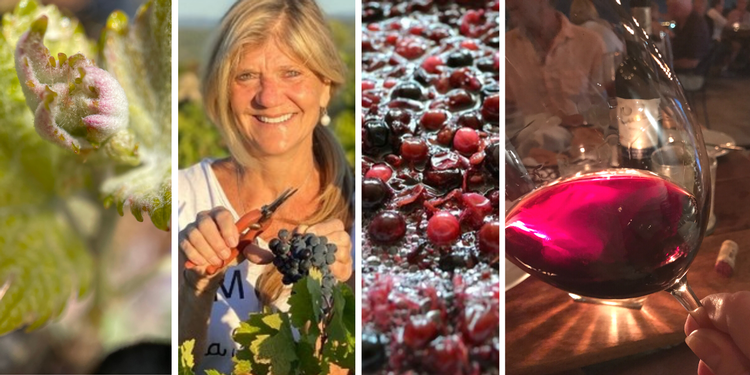
If you belong to our wine club, or have enjoyed any of our wines, you’ve experienced something remarkable and rare — authentic, Root-to-Sip winemaking.
What does Root-to-Sip mean?
True Root-to-Sip winemaking is an intimate, high-touch process typically practiced by small family farms. Every aspect of the winemaking is carried out by the same hands: from pruning three times a year, to harvesting and destemming, to fermentation. Often these winemakers practice organic viticulture and use no chemicals or added yeast. Principles of sustainabilty and Earth stewardship guide the relationship to the land, plants, and animals.
In our experience, these wines express the most colorful and distinctive personalities. They also impart a strong sense of “terroir” or place, a quality impossible to cultivate in corporate monoculture vineyards flung over many miles.
Root-to-Sip winemaking is not for the faint of heart. Small family farmers are vulnerable to Mother Nature and erratic weather. This year's Spring bud break in our region of the Languedoc was interrupted by a late frost that killed off newly emerged buds.
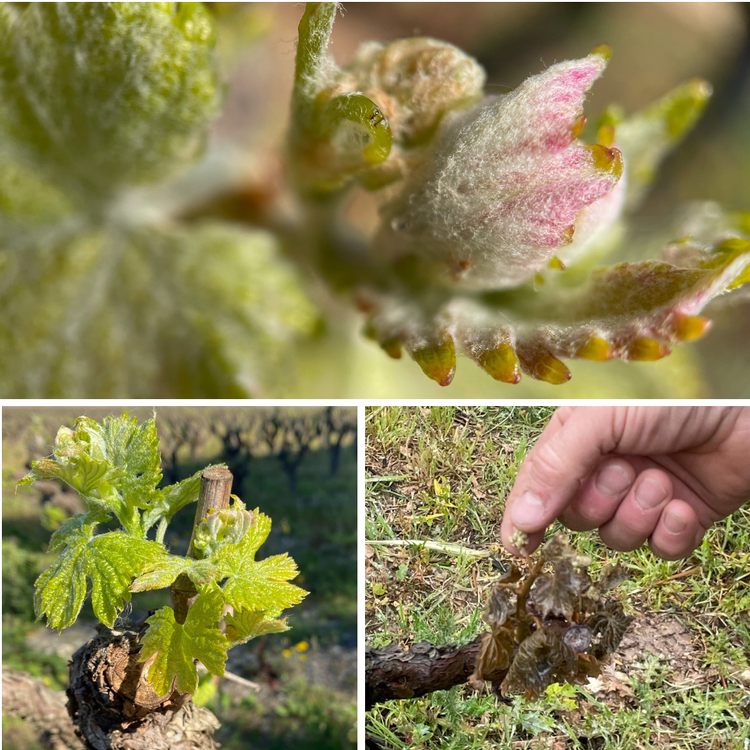
Top: Healthy bud that will flower before developing into grapes. Lower left: Signs of the spring “bud break” before last week’s frost. Lower Right: Bud growth, dead on the vine, after last week’s frost.
Mildew is another danger, particularly for farmers who refrain from the use of chemicals. Last summer, a mildew blight sickened the grapes, causing catastrophic grape loss.
Unlike corporate operations, most family farms can’t compensate for major losses in one vineyard with a healthy harvest at another location. So the very thing that creates the magic in the wines we sell — Root-to-Sip, small family farming — means these domaines face existential risks every year.
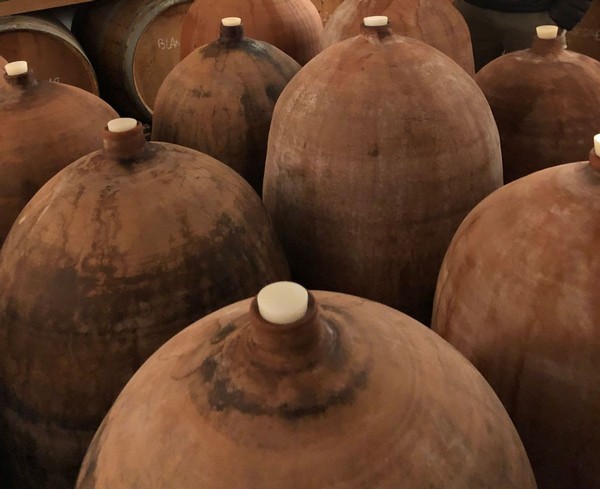
Root-to-Sip winemakers often employ creative methods, such as aging in clay amphora — an ancient shape used by the Romans for both aging and storage.
We are honored to support the “small is beautiful” farms and winemakers of the Languedoc-Roussillon as they struggle against challenging weather conditions. For over 2,000 years this farming culture has existed in the Languedoc. Our hope is for the tradition to endure another 2,000!
We’re also honored (and delighted) to be your “boots in the vines,” discovering the very best wines the region has to offer. When you purchase one of our wines, you can trust it has our "Root-to-Sip" stamp of approval. We personally visit every one of our winemakers, tasting wines, touring vineyards and winemaking facilities and, most importantly, building community —and spotting the occasional goat!
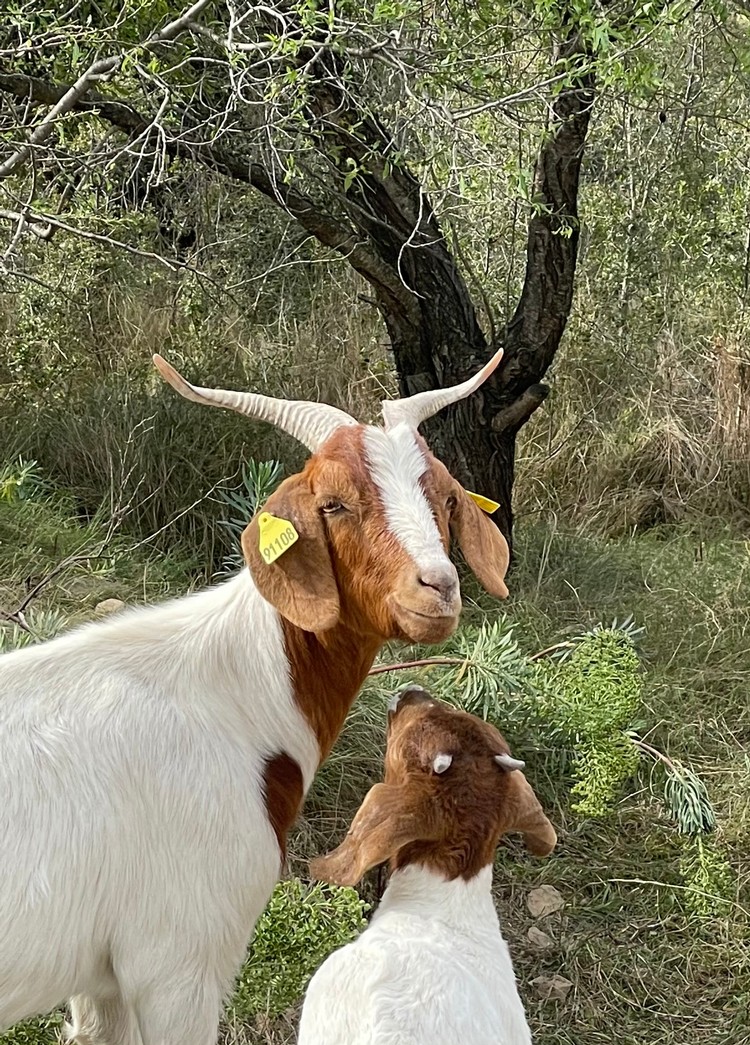
Springtime in the Languedoc means baby goat sightings!
We're thrilled that our new tasting room opens April 22nd in Seattle, WA! Email us if you'd like a socially distanced tasting: info@theprincessandthebear.com
Forging Her Own Path — Diane Losfelt, Winemaker of the Year
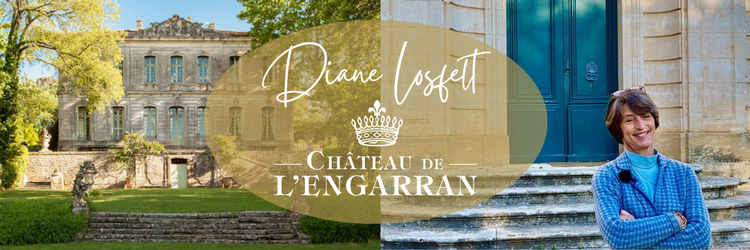
Our celebration of International Women's Day and Women's History Month continues! Today we raise a glass to Diane Losfelt of Château de l'Engarran, one of our winemakers who was recently awarded Winemaker of the Year by Guide Hachette, a publication considered by many to be the “bible” of French wine.
Diane has been the owner and winemaker at Château de l'Engarran for more than 30 years. Her guiding principles for creating her wines are authentic terroirs, elegance, and, above all, personality. Her wines embody strong character and high style — like the winemaker herself!
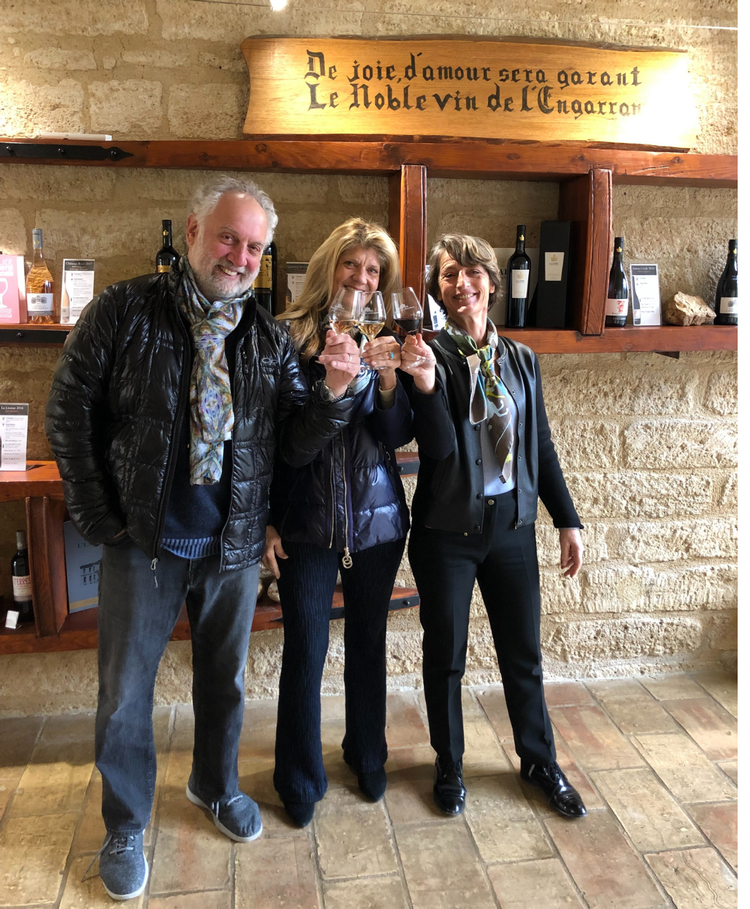
Steve and Carol visit Diane at Château de l'Engarran. Princess and Bear is proud to carry 2019 Château de l'Engarran Rosé, 2019 La Lionne Blanc, and 2013 Quetton Saint Georges.
We asked Diane to share her thoughts on receiving the Winemaker of the Year Award, as well as the challenges and rewards of being a female winemaker in an industry where women are still underrepresented. She also described her vision for the future of Château de l'Engarran and the launch of a new cuvée!
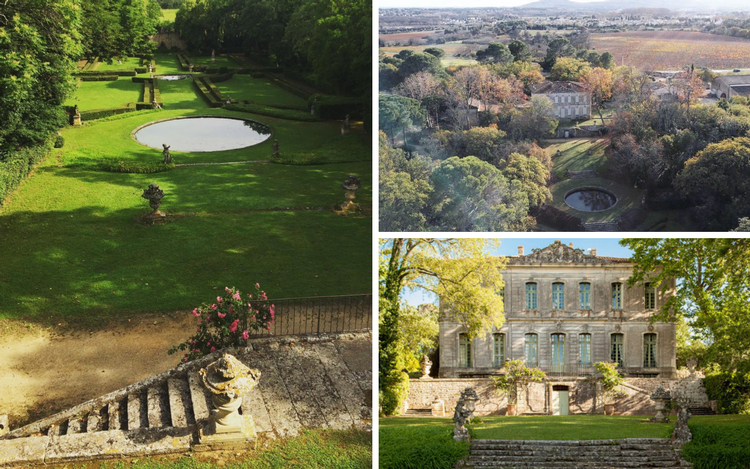
The winery operates in a 17th century chateau with a romantic, formal French garden surrounded by 60 hectares of vineyards.
This isn’t the first time Diane and her wines have been recognized by Guide Hachette. On five prior occasions, her wines have received the guide’s highest rating (3 stars and a coup de coeur); most recently, Château de l’Engarran Grés de Montpellier 2017 for the 2021 Guide Hachette.
The exceptional rating for Château de l’Engarran Grés de Montpellier carries special meaning for Diane because it honors a wine first bottled by her mother, Francine, in 1978. Diane said the acknowledgement brought "joy and satisfaction to be shared with your team and family. The way, all through these years, from one winemaker to another, from one woman to another, from one vintage to another.”
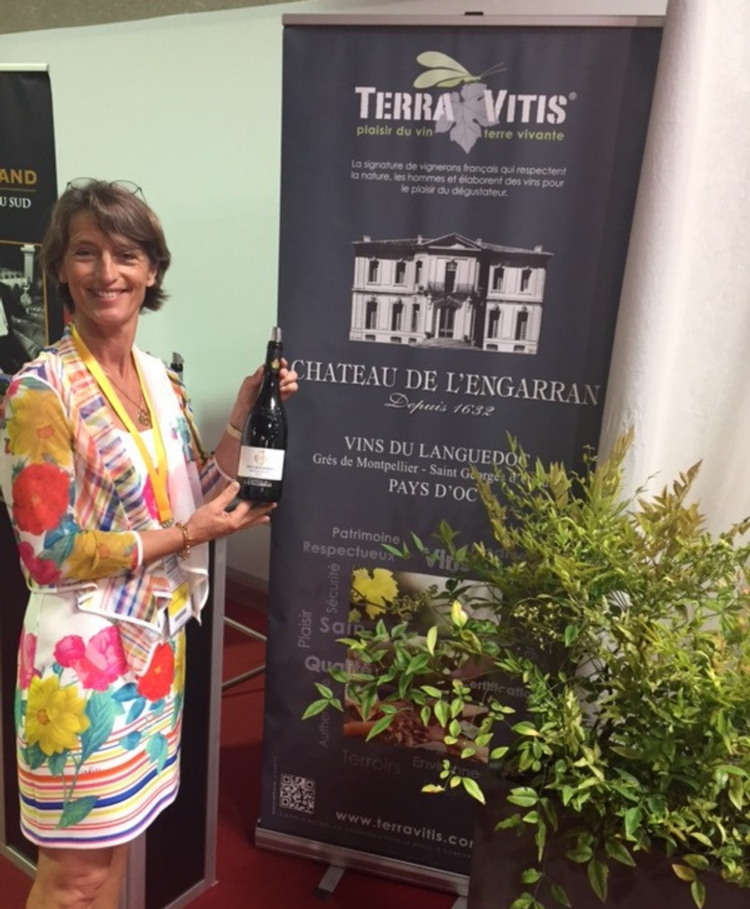
Château de l'Engarran is certified Terra Vitis. This means the winery practices responsible, sustainable farming while respecting both the earth and the people who live and work nearby.
Despite the previous awards, Diane was amazed to learn she'd been named Guide Hachette's 2021 Winemaker of the Year for the Languedoc region. “Of course after 37 years of being a winemaker, you hope you’re doing your job the right way," she said. "And I'd already won some awards. But this is like the 'grail,' the utmost acknowledgment.”

Left to right: Diane, her mother, Francine, and sister, Constance.
Being a woman in an industry steeped in tradition and dominated by men for hundreds of years has been both challenging and deeply gratifying. At the start of her career, Diane aroused suspicion among her winemaking peers in the Languedoc. Not only was she a woman and young mother, she was considered overly intellectual because of her degree in Agronomical Engineering. Being from Paris didn’t help either. “Nobody trusted me. I had to fight my way through, step by step.”
Diane discusses winemaking.
During one harvest, when she was pregnant with her third child, the chief harvester remarked that he hoped it was boy. When Diane asked why, he stated matter-of-factly that the son could take charge of the vineyard. “What am I doing now,” Diane replied, “if not being in charge of the vineyard?”
Diane is keenly aware that her career would have progressed more rapidly if she were a man. However, she feels the slower path has presented its own opportunities. She is the first woman to join the Languedoc Producers Union — and the first to become vice president. Often, hers was the only female voice among the men. “And I can tell you, I made my voice loud enough!”
Her advice to up-and-coming female winemakers? “It’s a fight...but it is worth it! Women are allowed to have ambition, and they are remarkably underrepresented in the upper echelons of the Producers Union.”
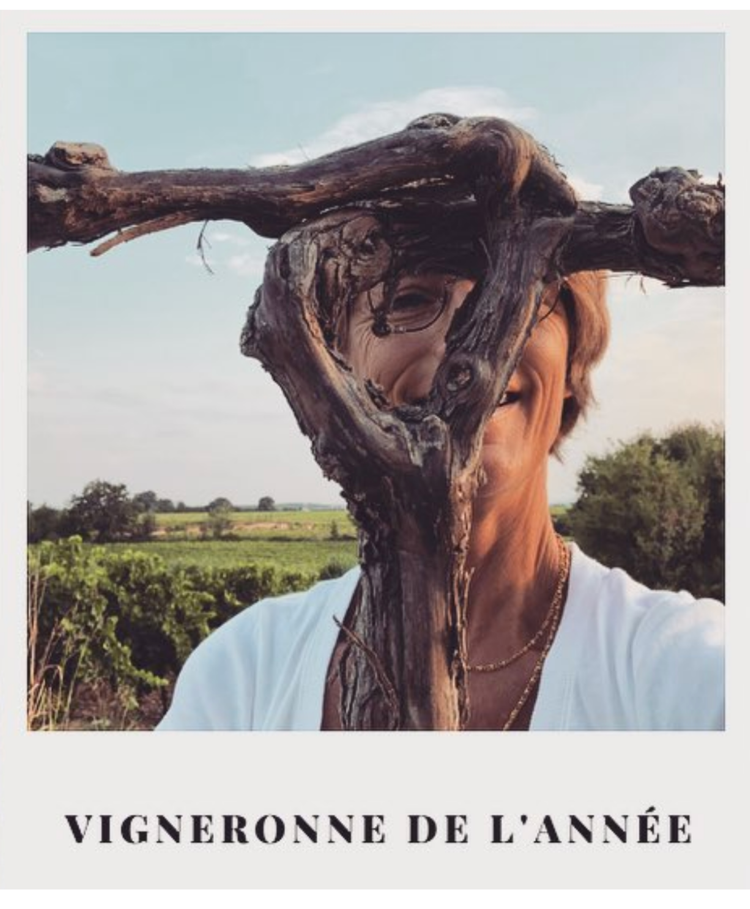
Diane and her niece, Emilie, will continue to fight the good fight, exploring the enormous potential of the Languedoc and drawing upon the extraordinary terroir and history of Château de l'Engarran to create delicious wines with distinctive personalities. “Ours is now among the best wineries of the Languedoc. My Mother was right, l’Engarran is worth it!”
To celebrate the Hachette award and the power of the feminine, Diane and Emilie are launching a new cuvée, ELLE. We can’t wait to raise a glass!
Orange Roussannes, Aromatic Viogniers—Discover What We're Drinking Now!

Our Princess and Bear team members are lucky enough to sample most of our Languedoc-Roussillon wines. With an abundance of delicious cuvées, it can be difficult to settle on an all-time favorite.
So we decided to share what we're drinking (and loving!) now — an orange Roussanne, an herb-infused red, a pure, aromatic Viognier, and more.
Read on to discover our current faves, why they're special, and tasty pairing recommendations for each.
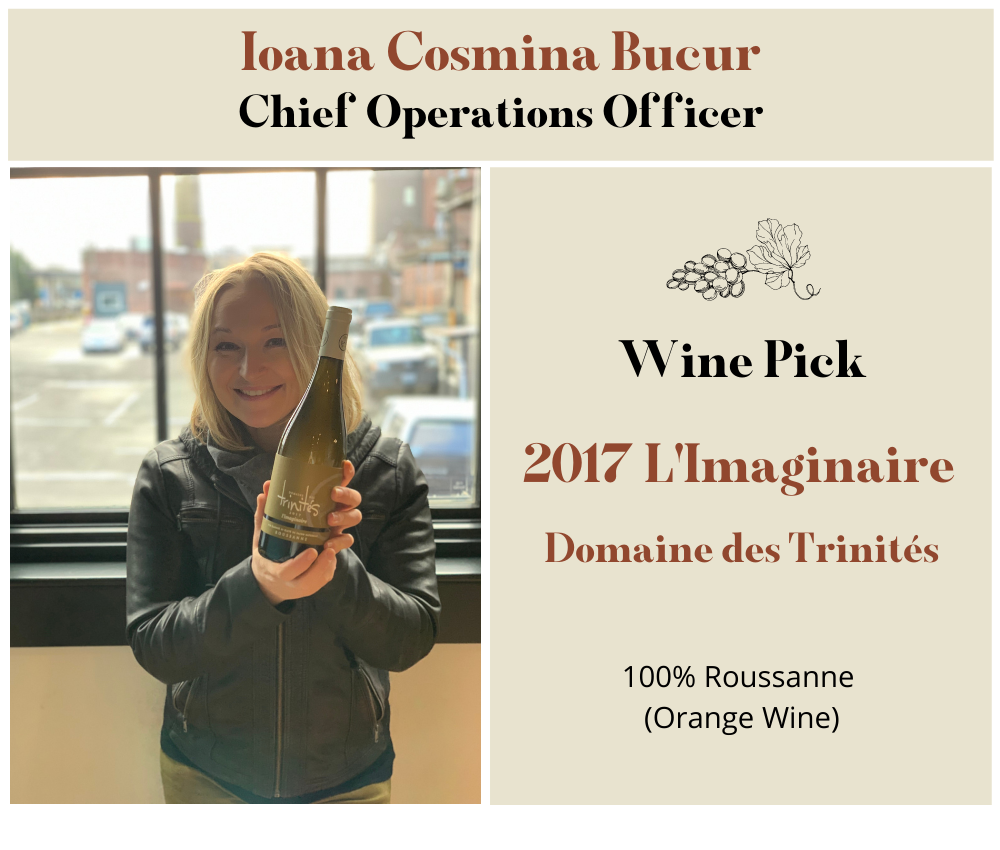
Why She Loves It: “The ageless taste of nature, the comfort of a thirsty spirit—to me, 2017 L'Imaginaire is a reminder that grapes blended with great human qualities and effort can mirror what Mother Earth can offer. The perfume of baked apples, orange peel, honey, quinces and fermented grapes reminds me of cold winter evenings when grandpa would retrieve a jug of wine from the cellar to place on the table in the fireplace-warmed room.”
Perfect Pairing: "L'Imaginaire pairs beautifully with homemade wild mushroom casserole."
How To Get It: Discover 2017 L'Imaginaire here.
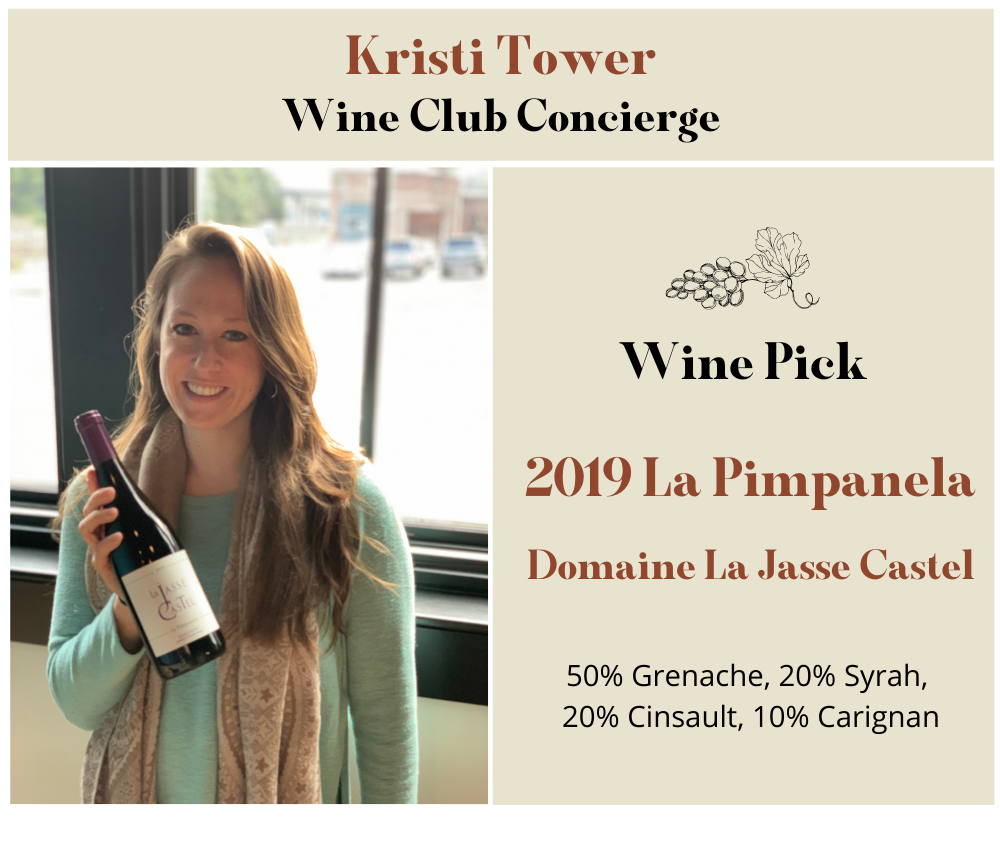
Why She Loves It: "This wine is smooth, rich and beautifully made. The flavors of herbs, dark fruit and chocolate are amazing and increasingly complex as the wine breathes."
Perfect Pairing: "I love drinking this wine with a beautiful charcuterie board full of organic meats, green grapes, Manchego and fig jam!"
How To Get It: Our wine club members will enjoy La Pimpanela as part of the next club shipment. For the rest of you wine lovers, stay tuned! We'll be offering La Pimpanela on the website in mid-March.
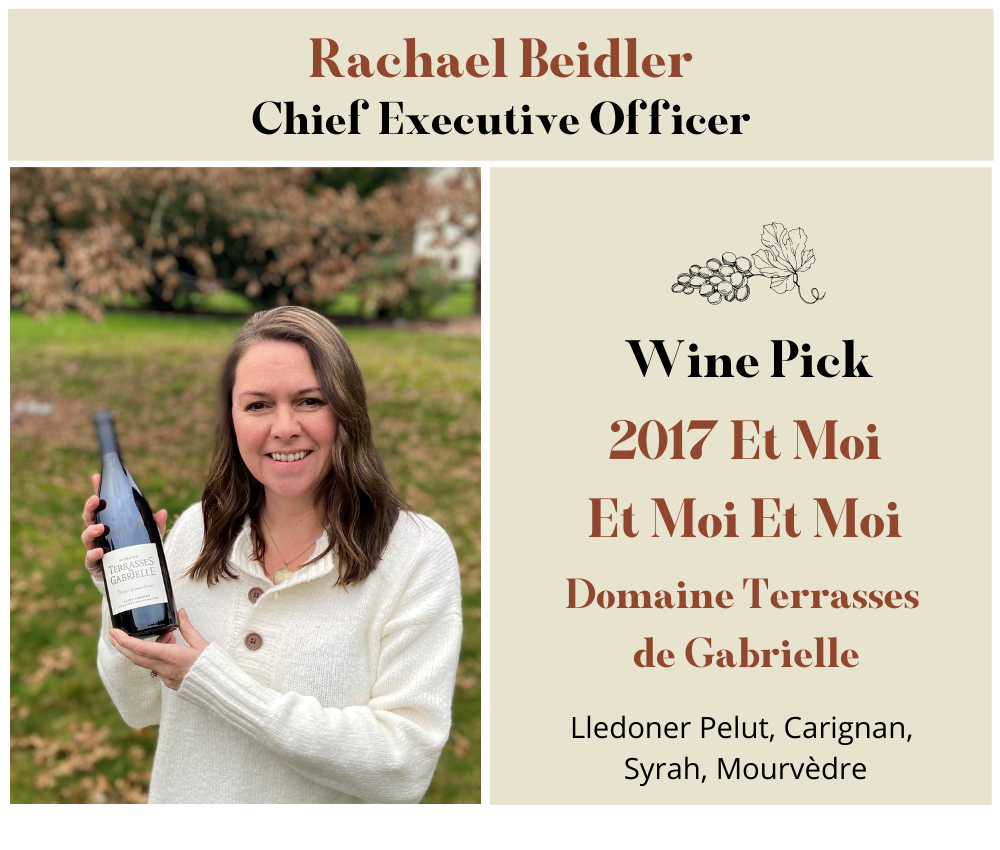
Why She Loves It: “The herbal scents in Et Moi, Et Moi, Et Moi remind me of the wild garrigue around the vineyards of Domaine Terrasses de Gabrielle.”
Perfect Pairing: "I recently paired Et Moi with lasagna-stuffed portabella mushrooms. The fennel in the sausage enhanced the herbal qualities of the wine. So delicious!"
How To Get It: Discover Et Moi, Et Moi, Et Moi here.
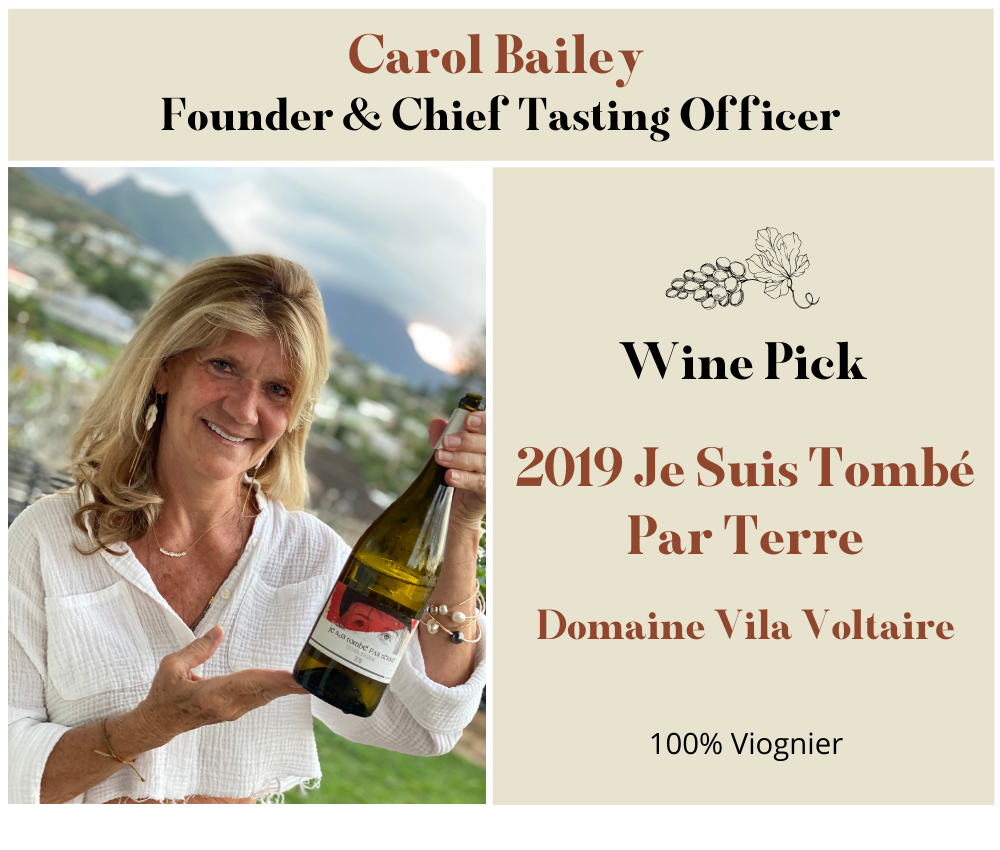
Why She Loves It: “I love this Viognier because it is a very clean and pure expression of this lovely aromatic grape."
Perfect Pairing: "Je Suis Tombe Par Terré is just delicious with Salade Niçoise or any crisp salad topped with a little seafood and other goodies.”
How To Get It: Discover Je Suis Tombe Par Terré here.
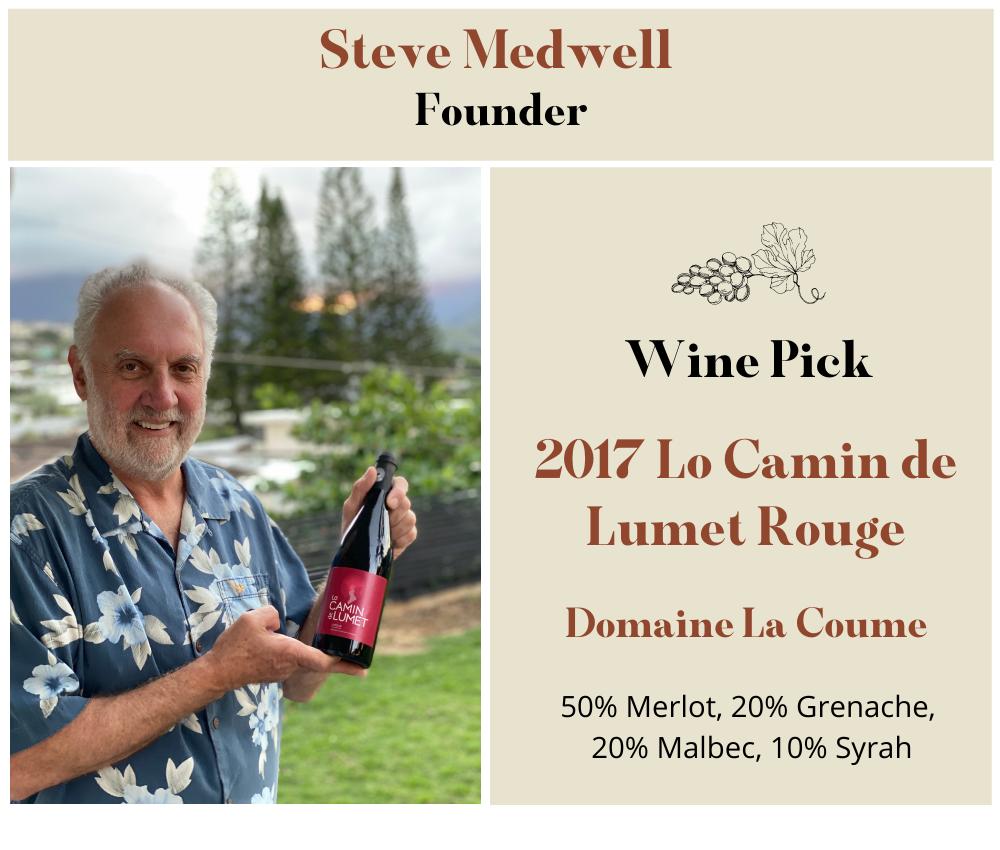
Why He Loves It: “We’ve been in Hawaii for the last month visiting one of our children. It’s warm here and sometimes red wines can feel a little heavy in warm weather. We chilled Lo Camin and thoroughly enjoyed the full flavor and soft tannins."
Perfect Pairing: "This wine pairs well with lamb shoulder stewed in Harissa and a cauliflower gratin, a meal we recently enjoyed while dining outside with friends. The wine was absolutely delicious and held up to the strong flavors of the lamb.”
How To Get It: Our wine club members had first access to Lo Camin before it quickly sold out on our website. Yet another reason to join our wine club! We'd love to have you :) Learn more here.
Three Fabulous New Winemakers Join the Princess & Bear Family
As we enter the new year, we’d like to welcome three fabulous new winemakers to our Princess and Bear family. Each embodies the qualities we’ve come to love in the wines and winemakers of the Languedoc-Roussillon — small batch, affordable, delicious cuvées made with creativity, brilliance, and passion.

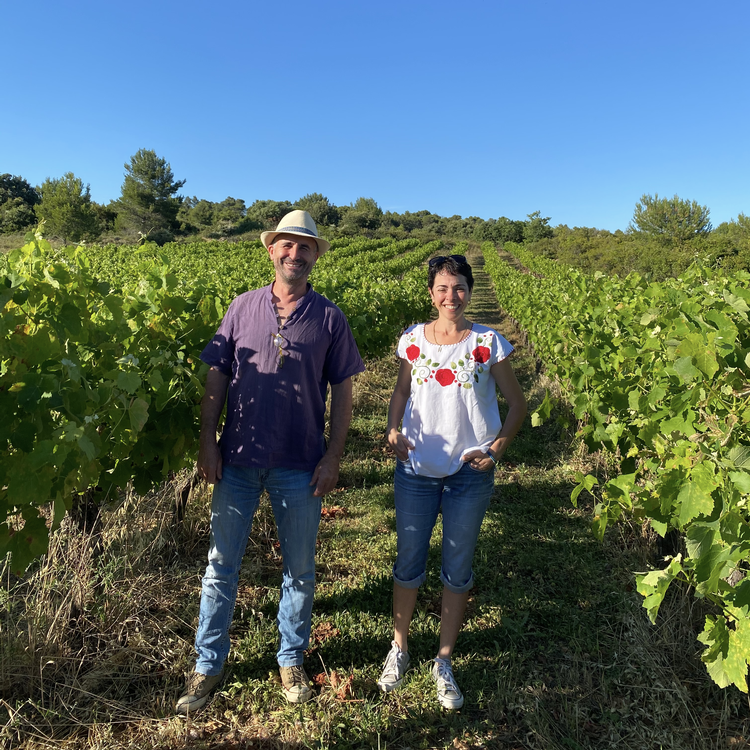
Winemakers Franck and Christina Avéla.
Domaine Avéla exemplifies one of our core values, “small is beautiful.” The four tiny vineyards of Syrah, Grenache, Cinsault, and Carignan are devoted to a single wine, Domaine Avéla Théodore. Owners Franck and Christina Avéla carry out all aspects of the domaine’s operations, from pruning three times a year, to harvesting and destemming by hand, to fermentation. They also practice organic viticulture and use no chemicals or added yeast. The Carignan vines are over 100 years old.
Before becoming a winemaker, Franck was a second-generation cooper, so perhaps it’s not surprising that Théodore is an oaked red wine; or that Franck brings meticulous, hands-on craftsmanship to winemaking, as does Christina.
Such care has paid off — Domaine Avéla’s “only child” is sold in over 40 Michelin Star restaurants around the world.
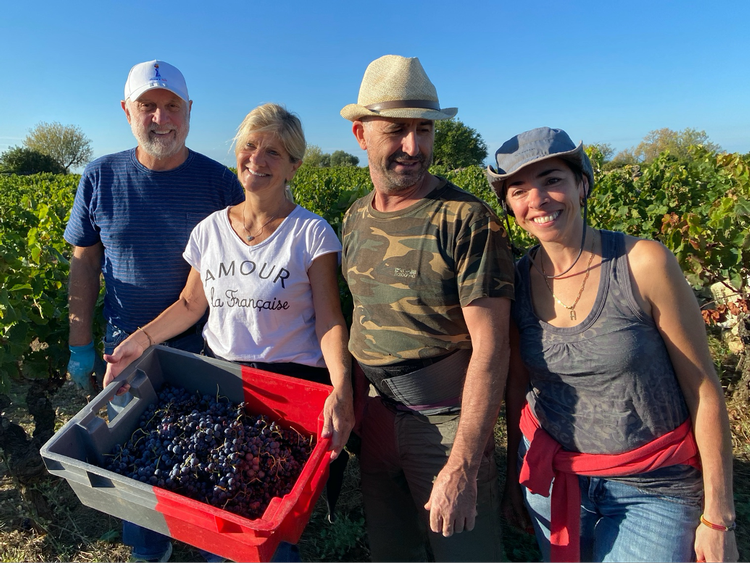 Carol and Steve join winemakers Franck and Christina Avéla for last year’s harvest.
Carol and Steve join winemakers Franck and Christina Avéla for last year’s harvest.

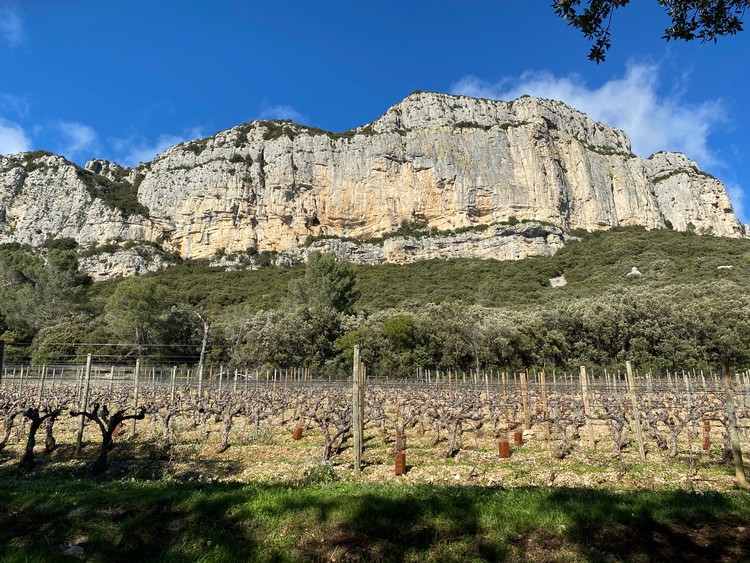
Jean Orliac, a professor of agriculture and an avid rock climber, became enamored of the region nestled between Pic Saint Loup and Montagne de l’Hortus after scaling the area’s iconic limestone cliffs. He also recognized the winemaking potential of the terroir which benefits from both the warm Marin winds of the Mediterranean and the cool, dry gusts of the Cévennes Mountains to the north.
In 1978, Jean and his wife, Marie-Thérèse, purchased 50 hectares and founded Domaine de l'Hortus. But it wasn’t until 1990, after years spent nurturing the vines and revitalizing the land, that the Orliacs bottled their first wine.
Today, Syrah, Chardonnay, and Sauvignon Blanc flourish on the domaine’s north-facing slopes. Grenache and Mourvèdre ripen on plots warmed by full southern exposure. Marie-Thérèse and Jean’s children, Yves, Martin, François, and Marie, carry on the family tradition of crafting wines with character and finesse.
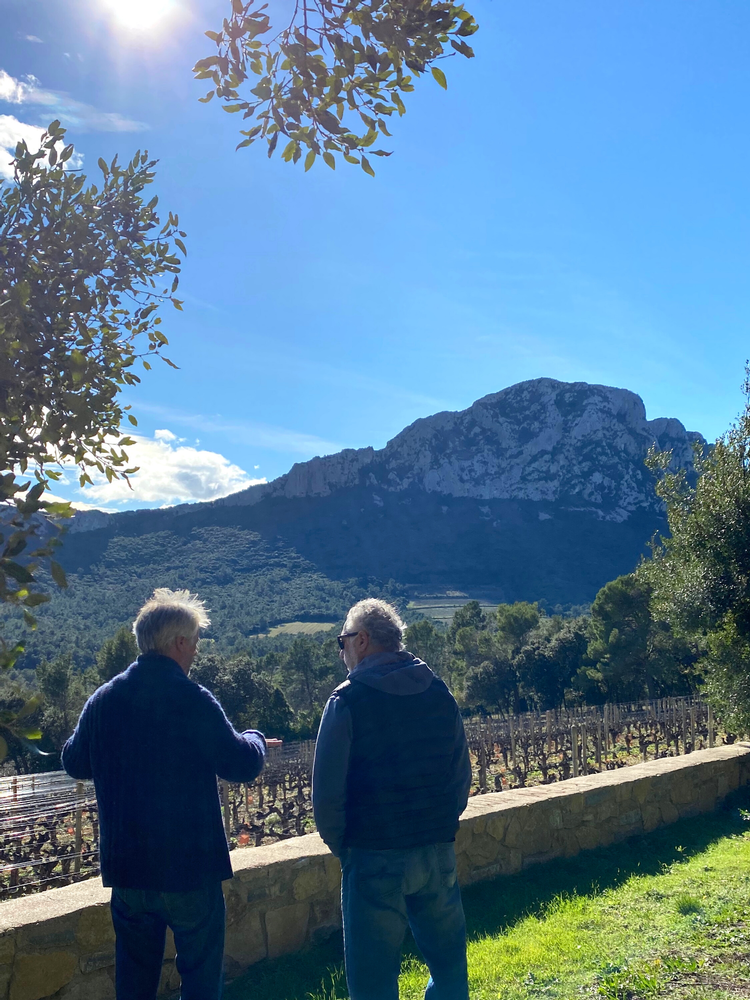 Steve (right) with Yves Orliac (left) of Domaine de l’Hortus.
Steve (right) with Yves Orliac (left) of Domaine de l’Hortus.

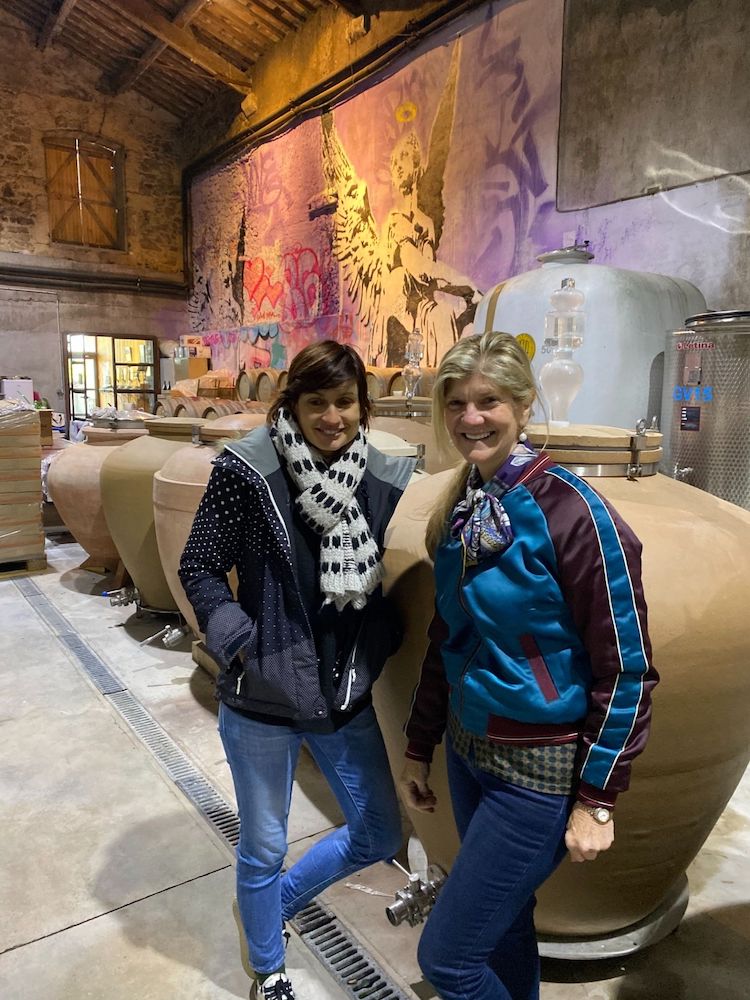 Carol (right) visits the winemaking cave of La Croix Gratiot. Winemaker, Anaïs Ricome (left) uses the ancient Roman technique of stone amphora to make some of her delicious wines.
Carol (right) visits the winemaking cave of La Croix Gratiot. Winemaker, Anaïs Ricome (left) uses the ancient Roman technique of stone amphora to make some of her delicious wines.
Domaine La Croix Gratiot is a beautiful example of the intersection of community, culture, and creativity that characterizes many Languedoc winemakers. Brothers Yves and Hugues Ricome built the winery in 2004 on land farmed by their family for generations. In 2007, they passed the winemaking torch to Yves’s daughter, Anaïs Ricome, a young winemaker (and rising star!) who studied viticulture in New Zealand.
Anaïs maintains a keen interest in traditional and artisanal winemaking, including the use of clay amphora, a technique Romans used for both aging and storage. But she’s also driven by the maverick spirit that has fueled the Languedoc winemaking renaissance. Bucking conventional wisdom, she chose to plant Pinot Noir on terroir generally considered unfavorable for that varietal.
La Croix Gratiot practices Reasoned Agriculture, balancing farming and wine production with biodiversity, environmental and animal welfare, and the health of the surrounding lands. That includes the artistic wellbeing of the community! The domaine sponsors music festivals and provides a venue for art and photography exhibits, sometimes in the winemaking cave itself.
The wines of Domaine Avéla, Domaine de l’Hortus, and Domaine La Croix Gratiot will soon be available to our wineclub members, and then to everyone who visits our website. Stay tuned! We promise to keep you posted :)
A votre santé,
Carol & Steve
